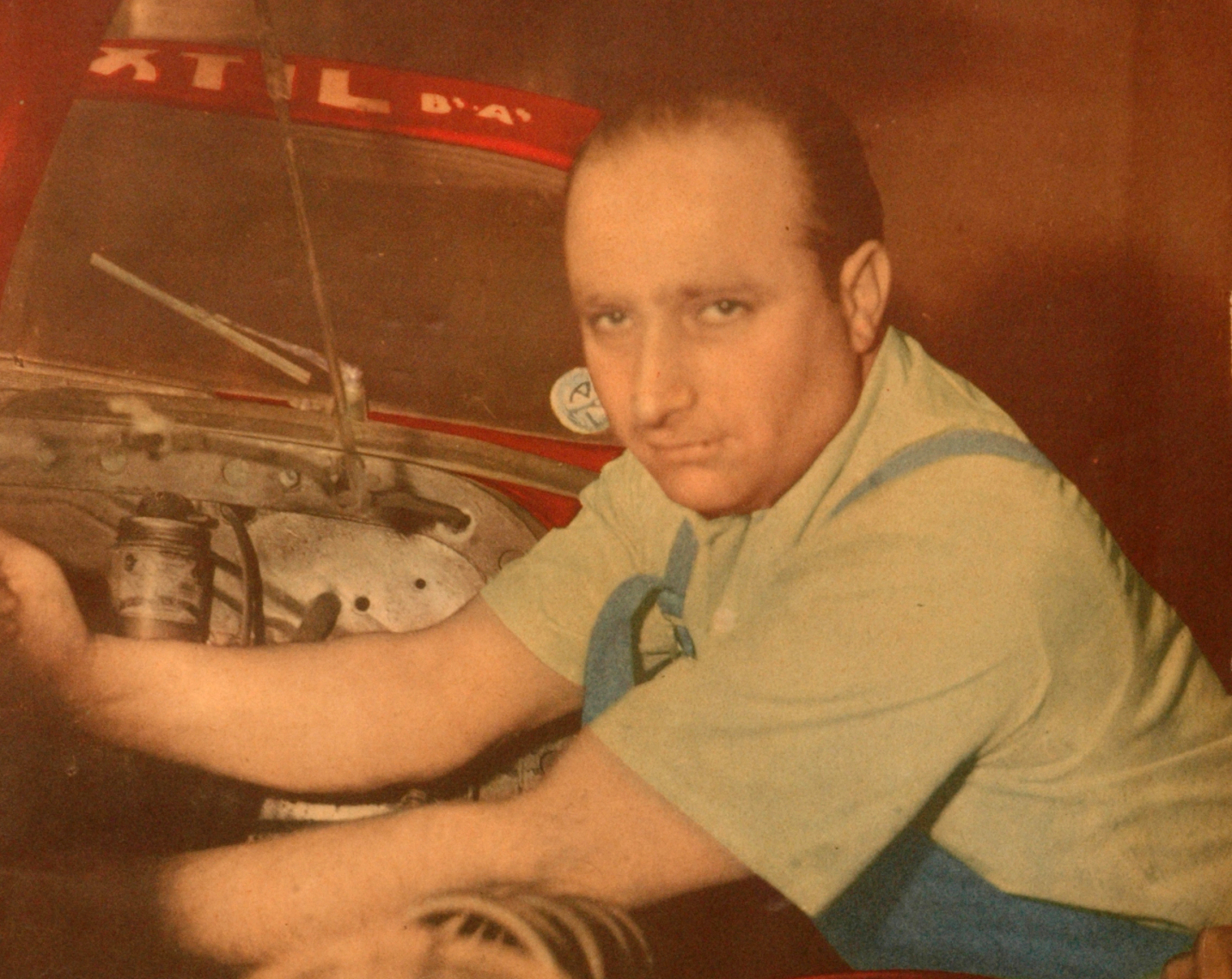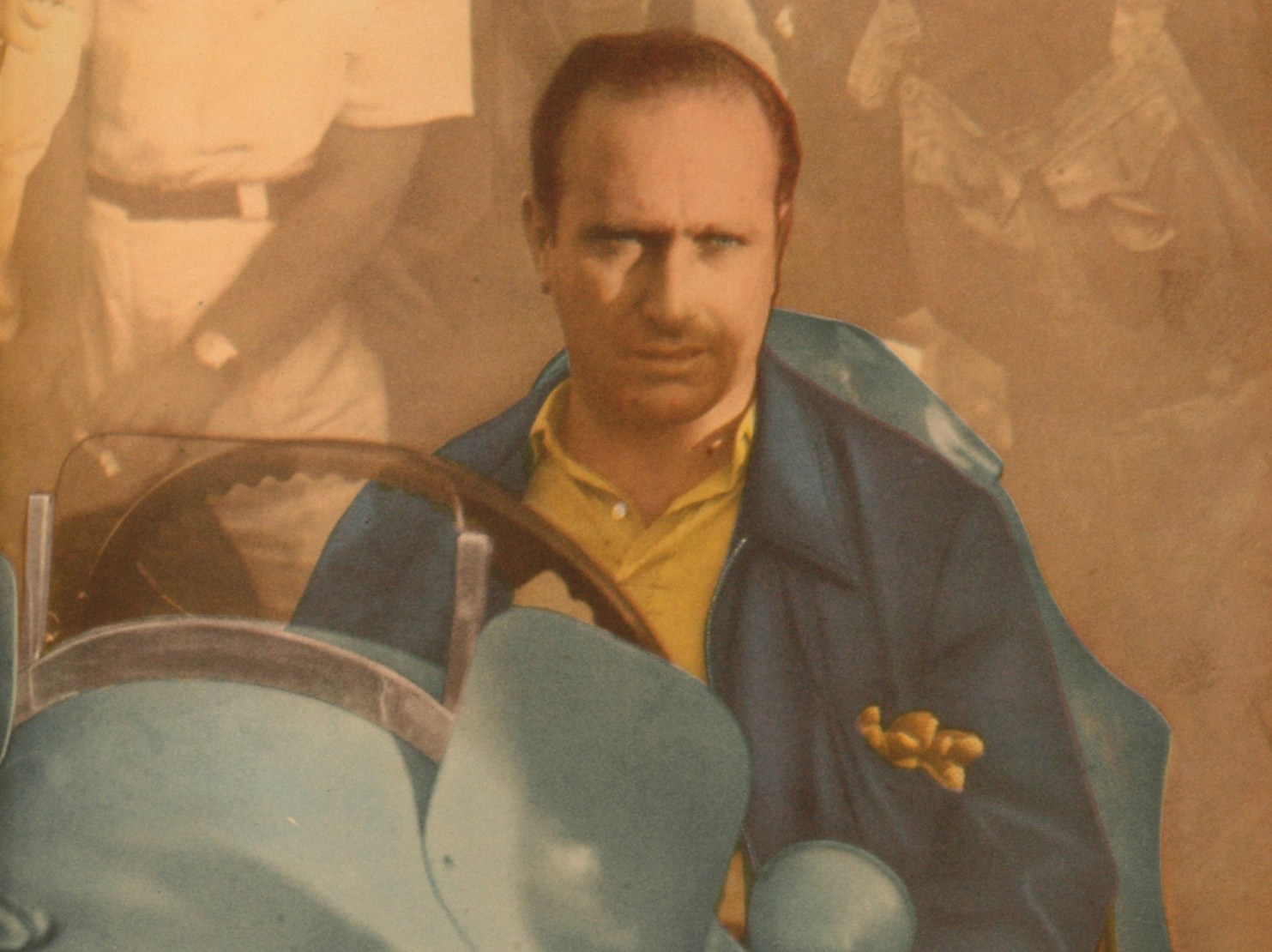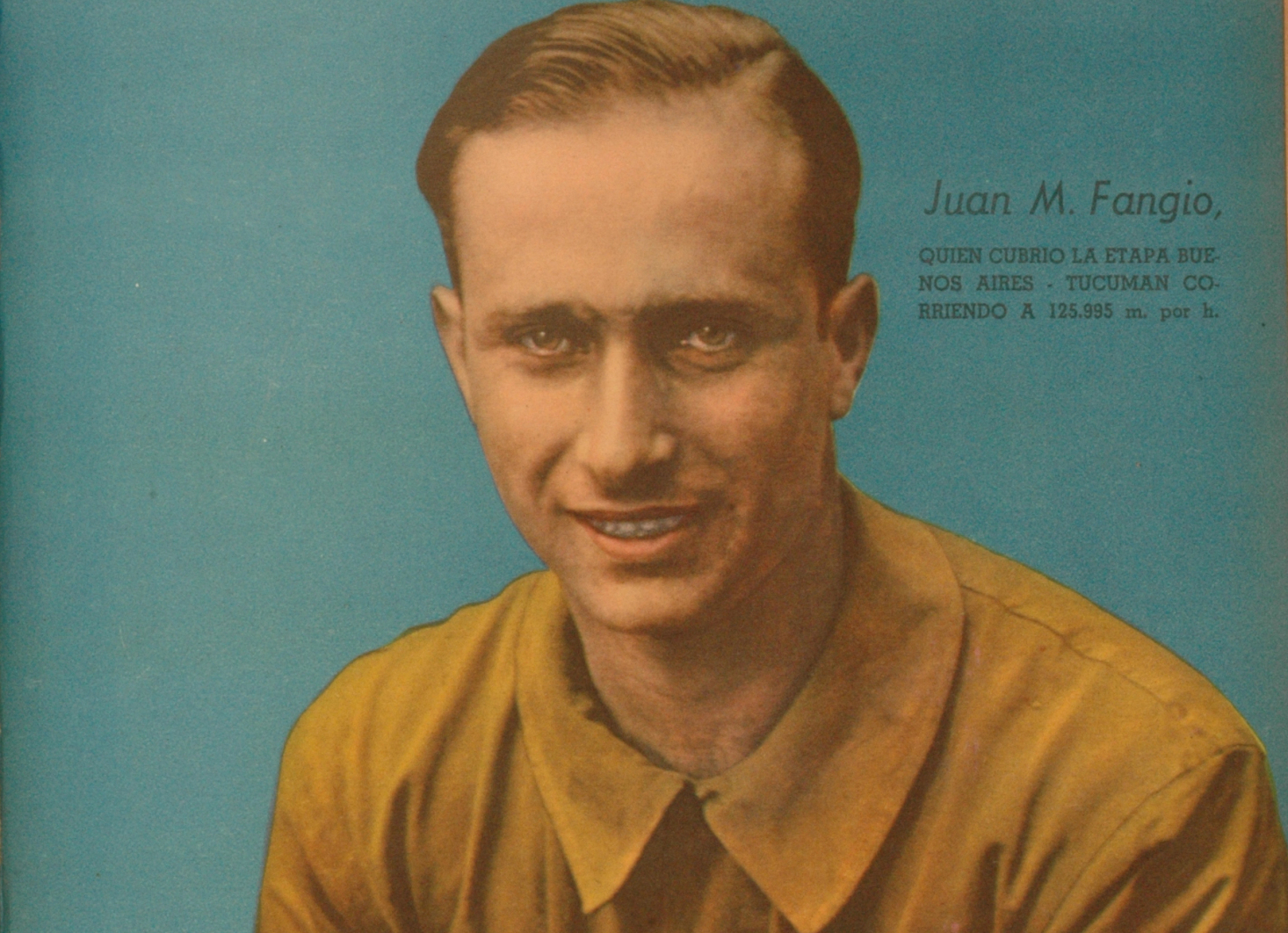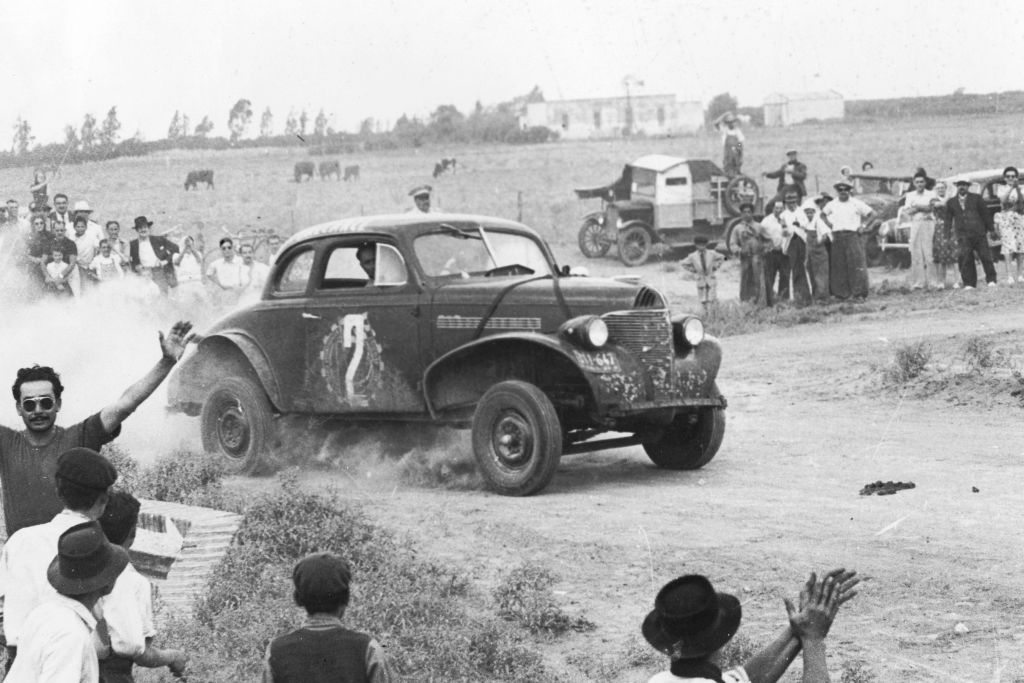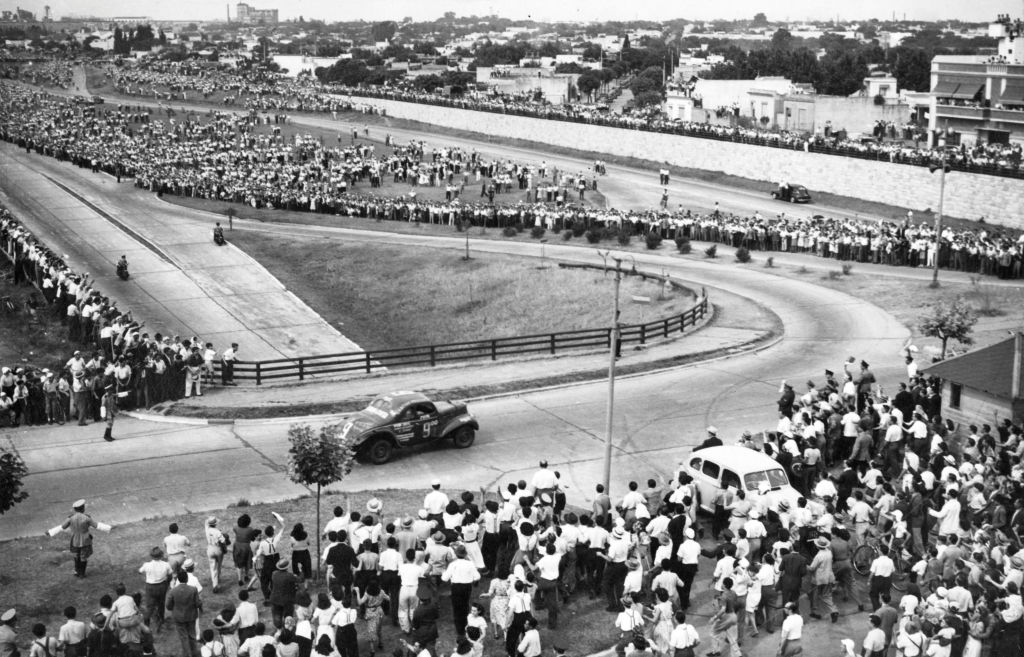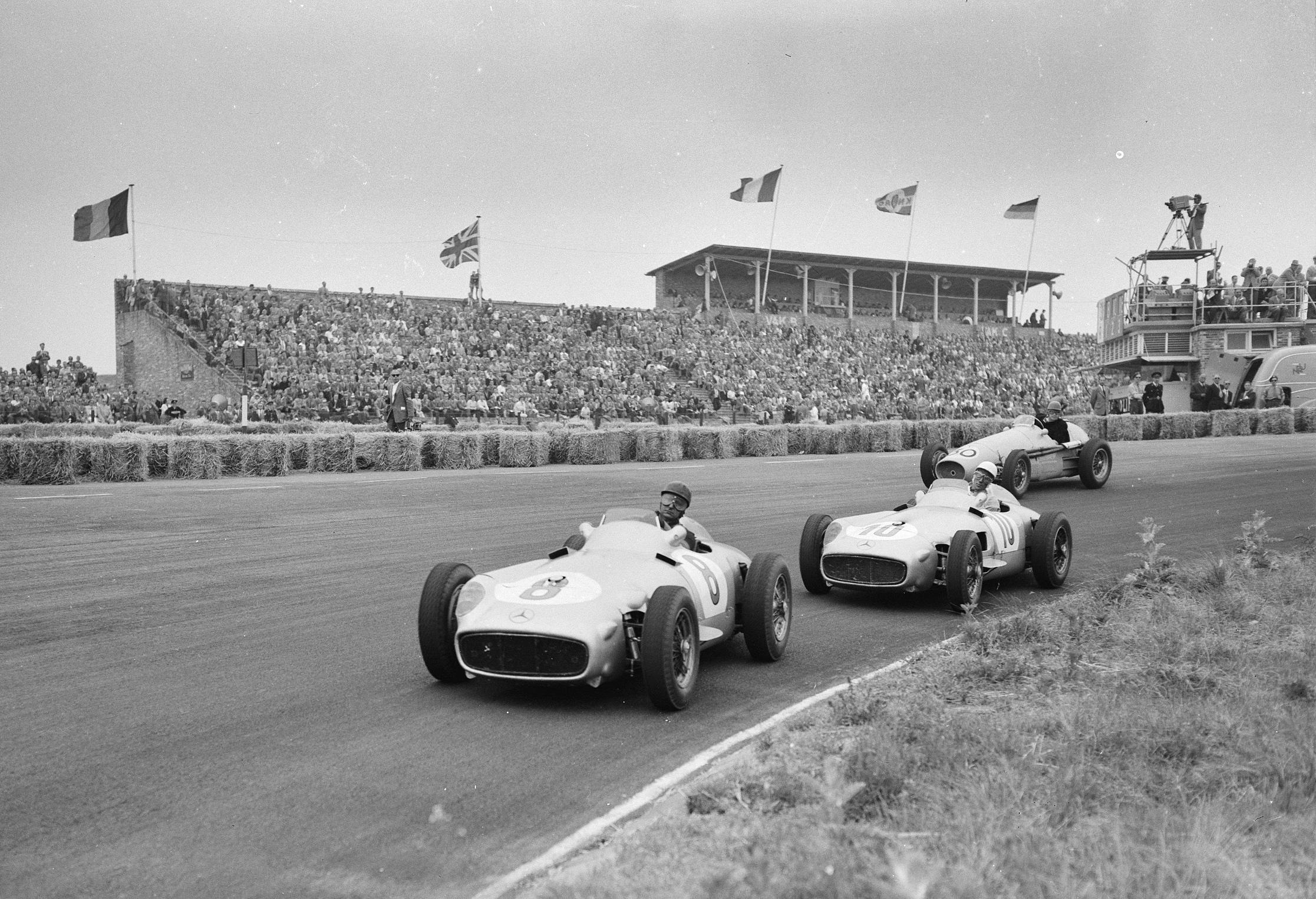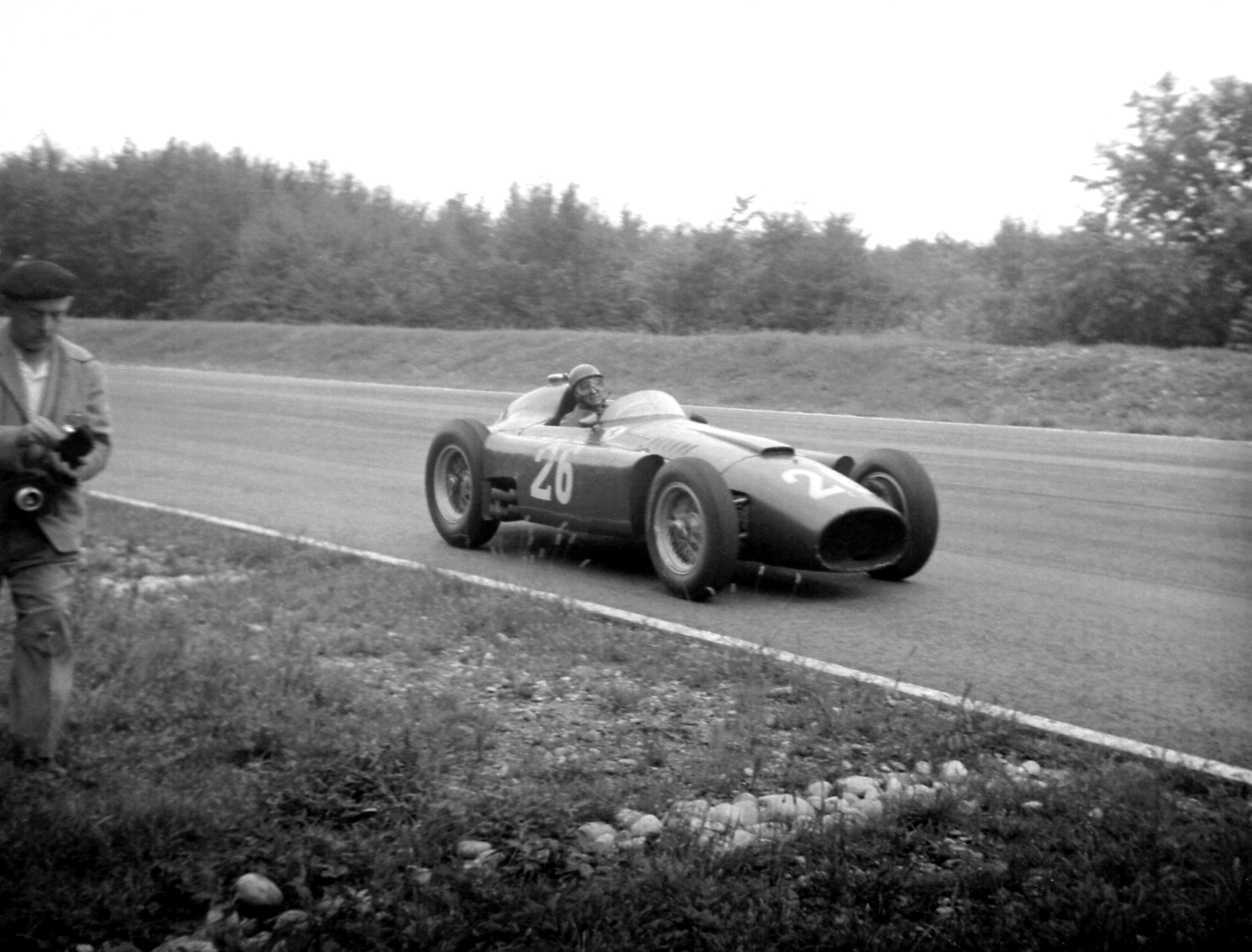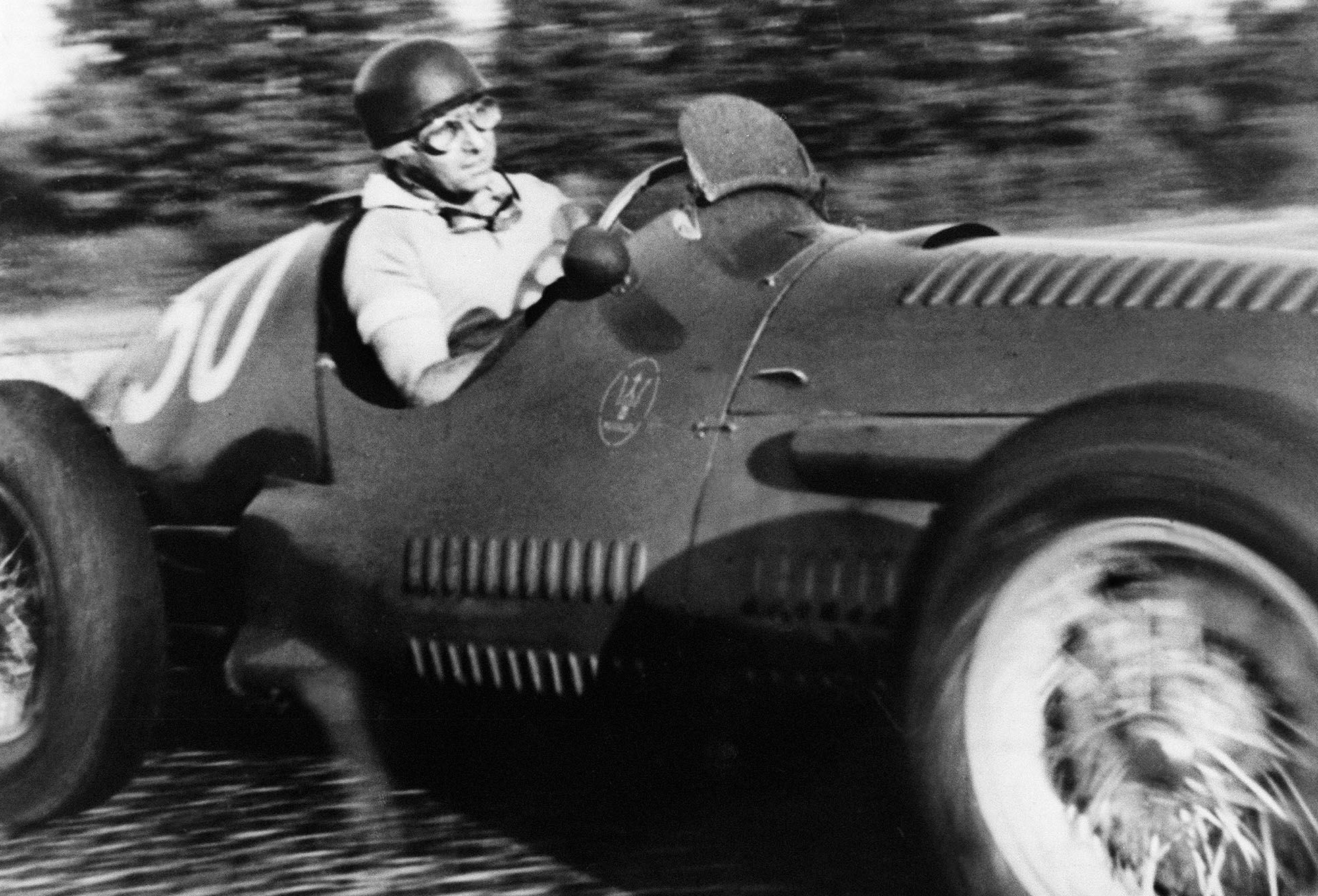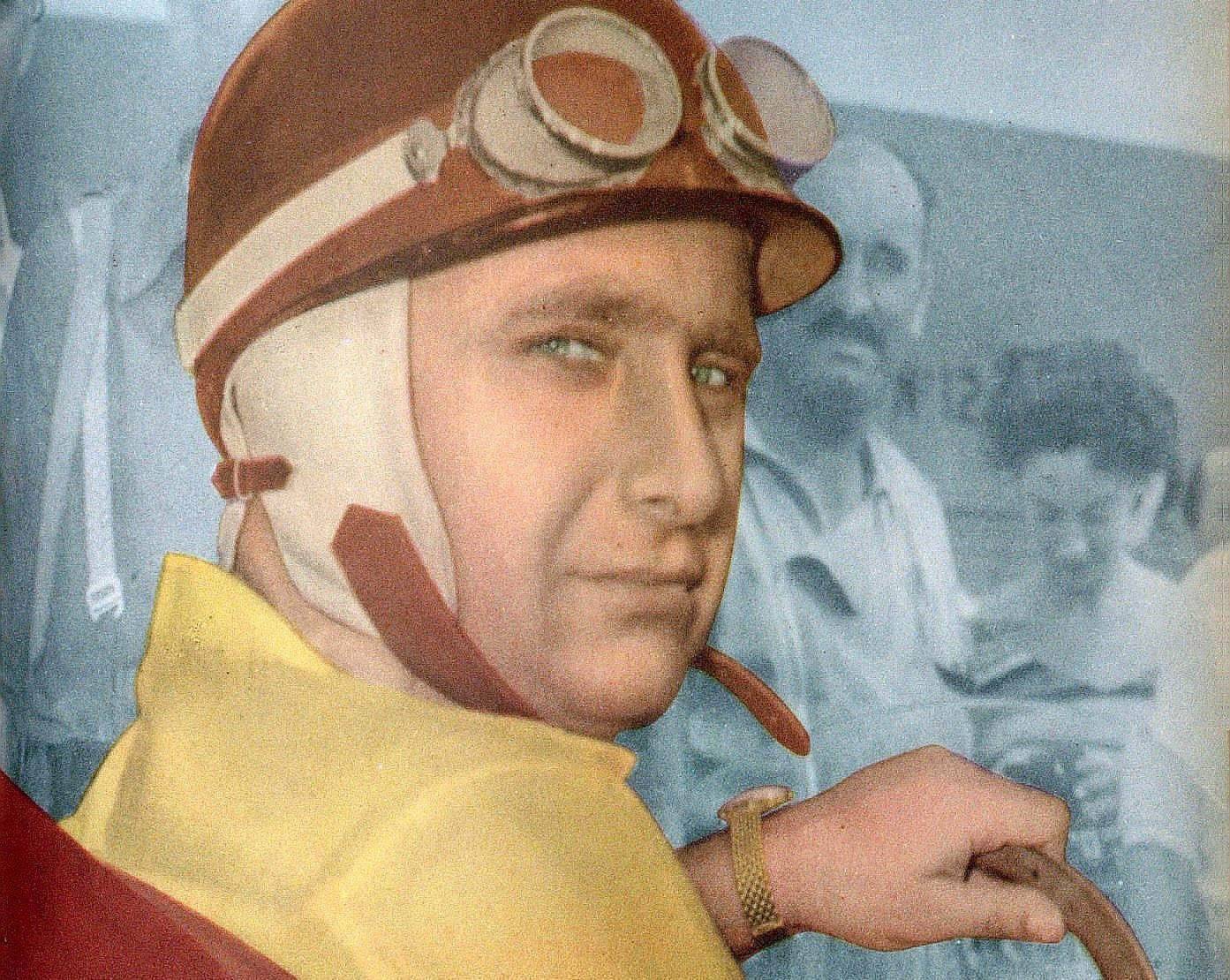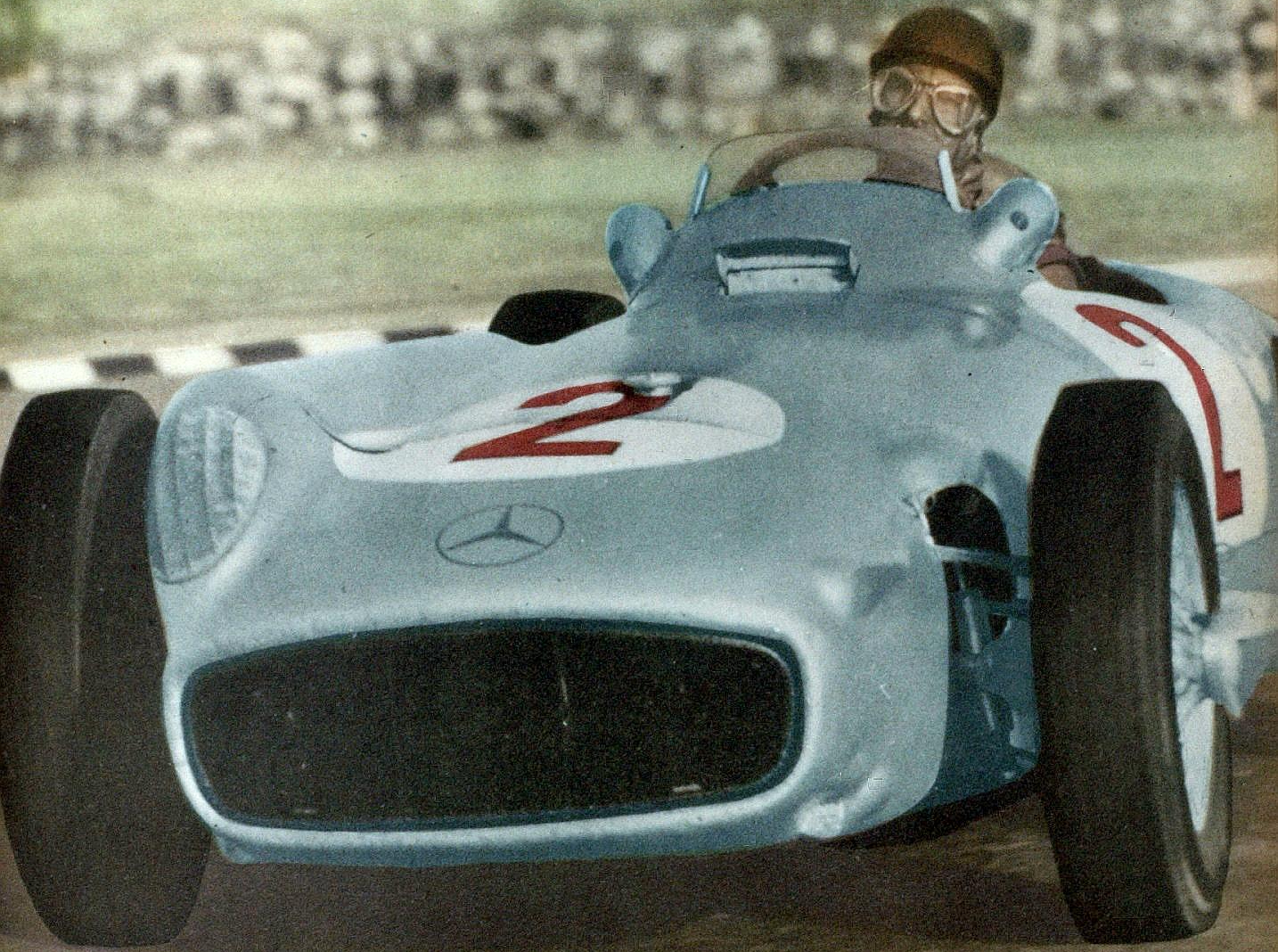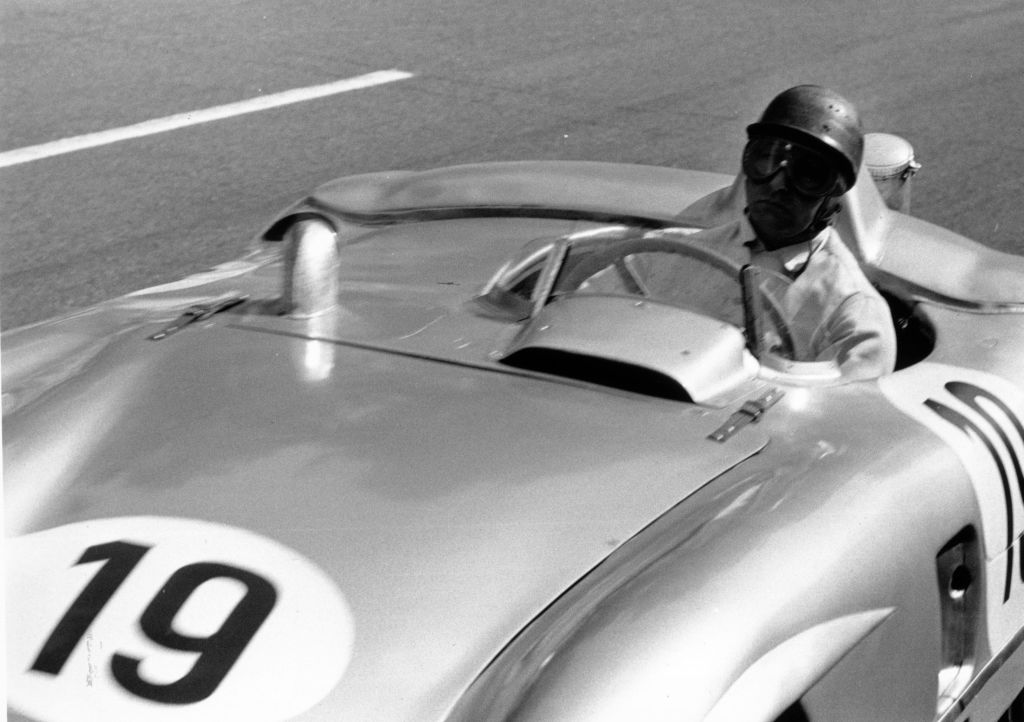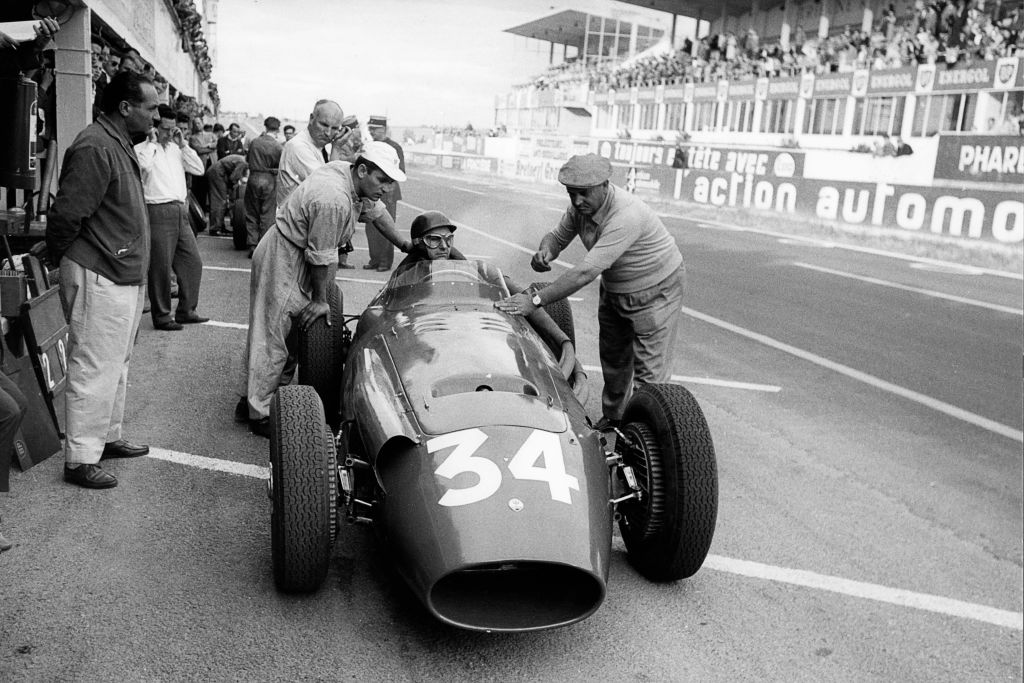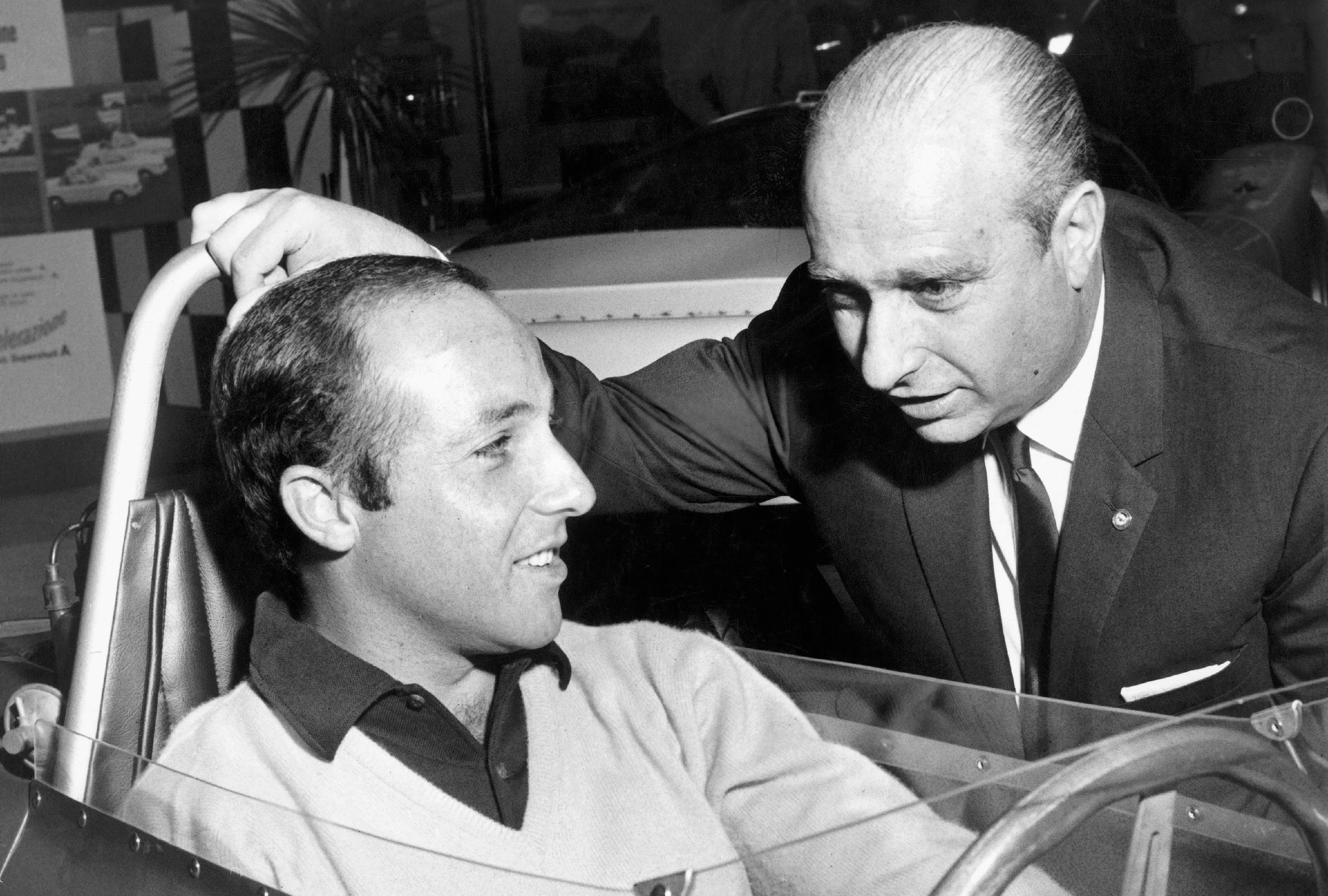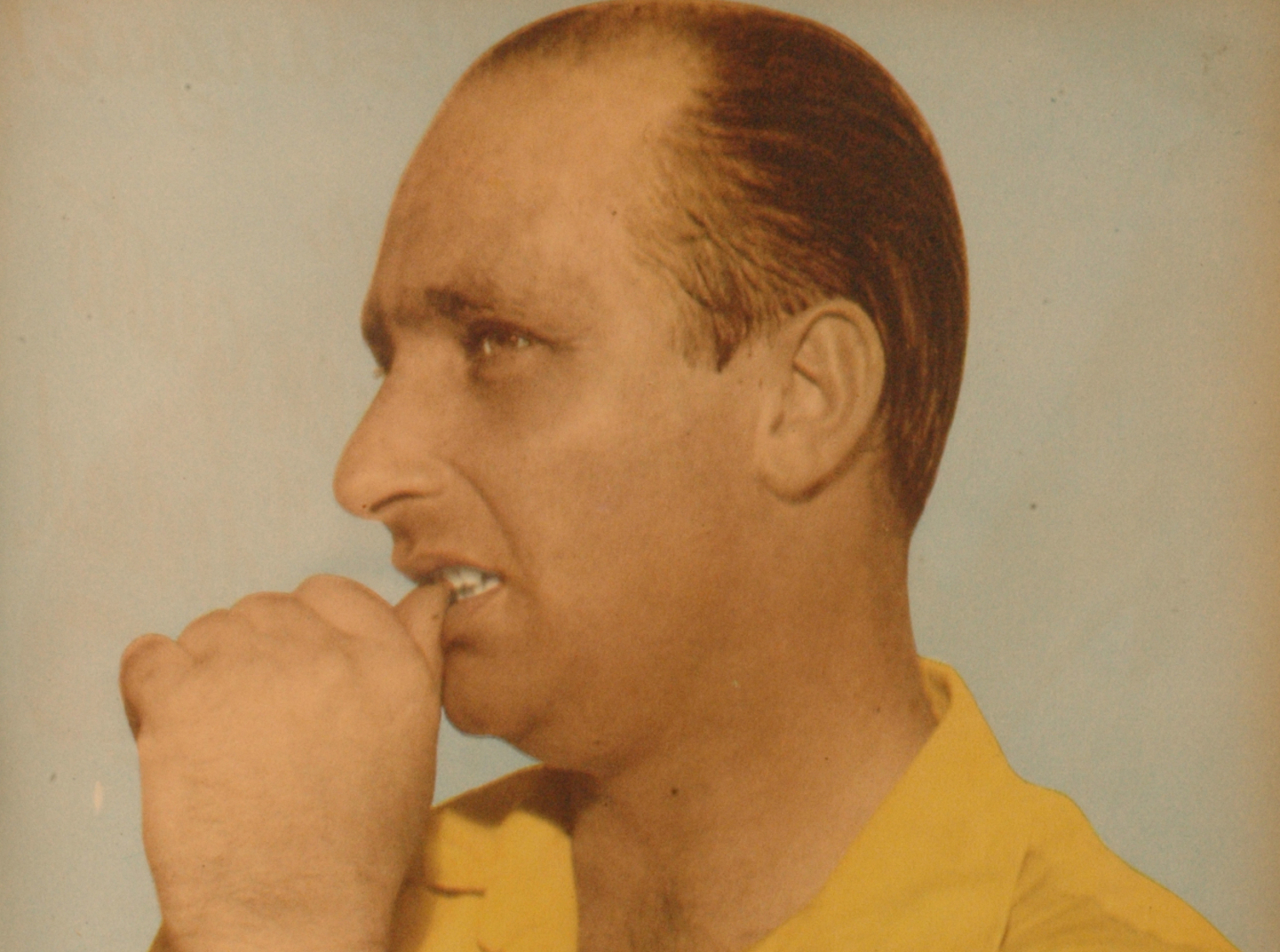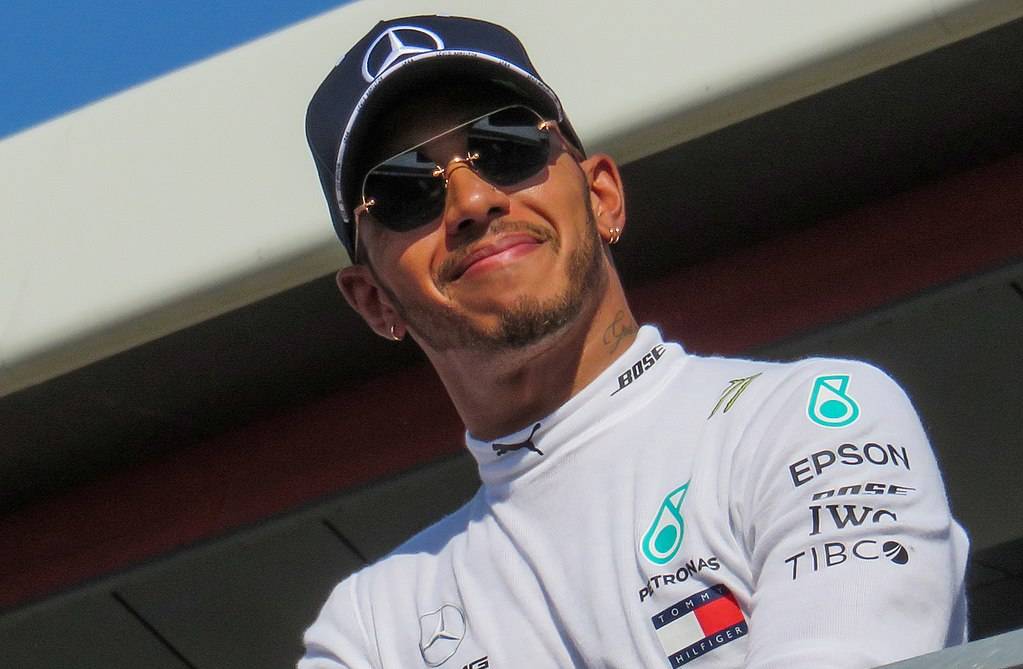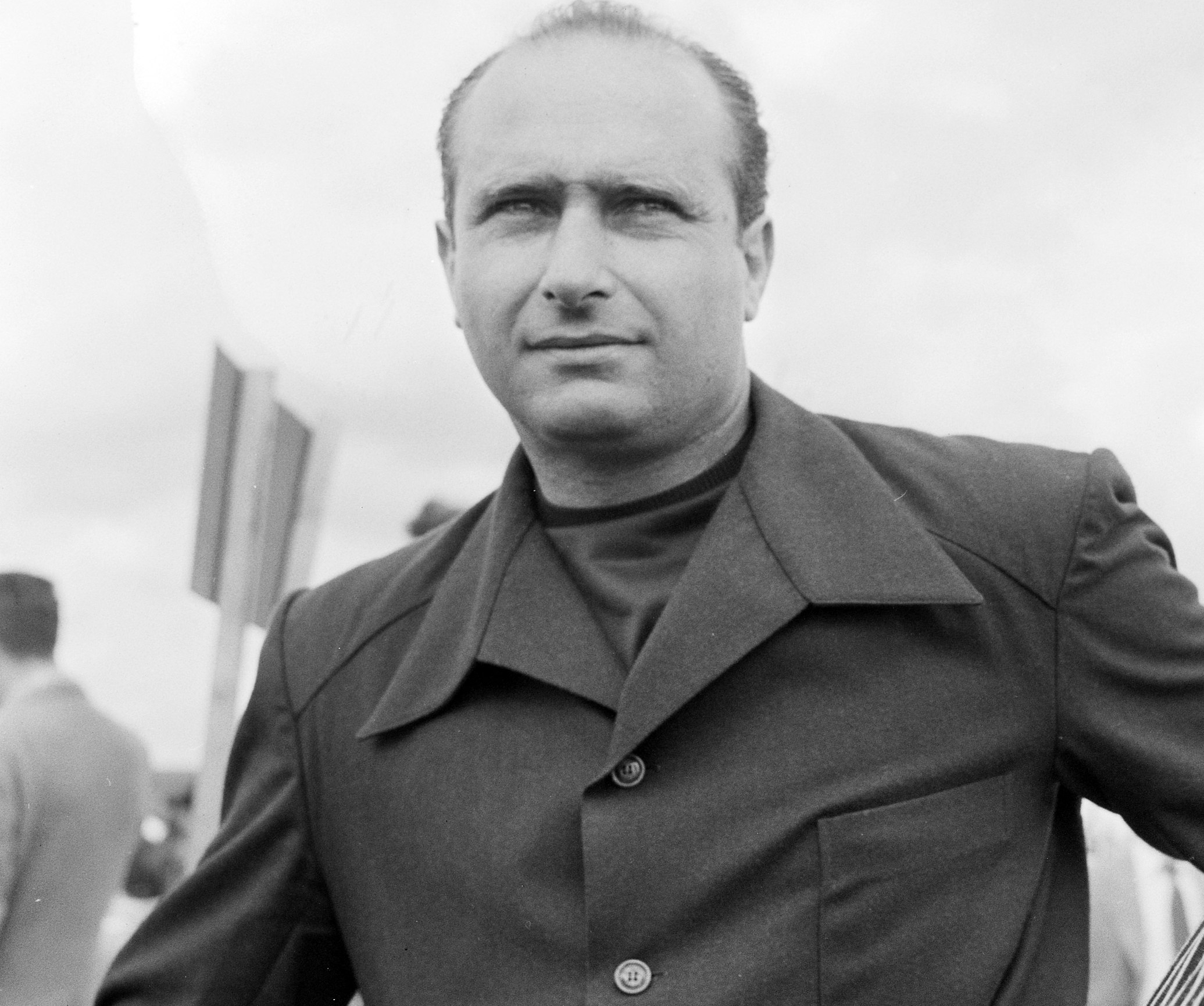Too Fast To Forget
Lewis Hamilton, Michael Schumacher, and Ayrton Senna are all household names of Formula One. But a pioneer of the sport is often forgotten. A master behind the wheel, Juan Manuel Fangio raced during the most dangerous period of the Grand Prix, tamed some of the wildest cars of the time, and won five World Championships. Even by today’s standards, Fangio is regarded as one of the best.

El Chueco
Born in Balcarce, Argentina on June 24, 1911, Juan Manual Fangio was the fourth in a family of six children. During his youth, Fangio earned the nickname El Chueco: “the bandy-legged one”, for his ability to bend his left leg around a soccer ball and shoot on goal. But soccer was not in his destiny.
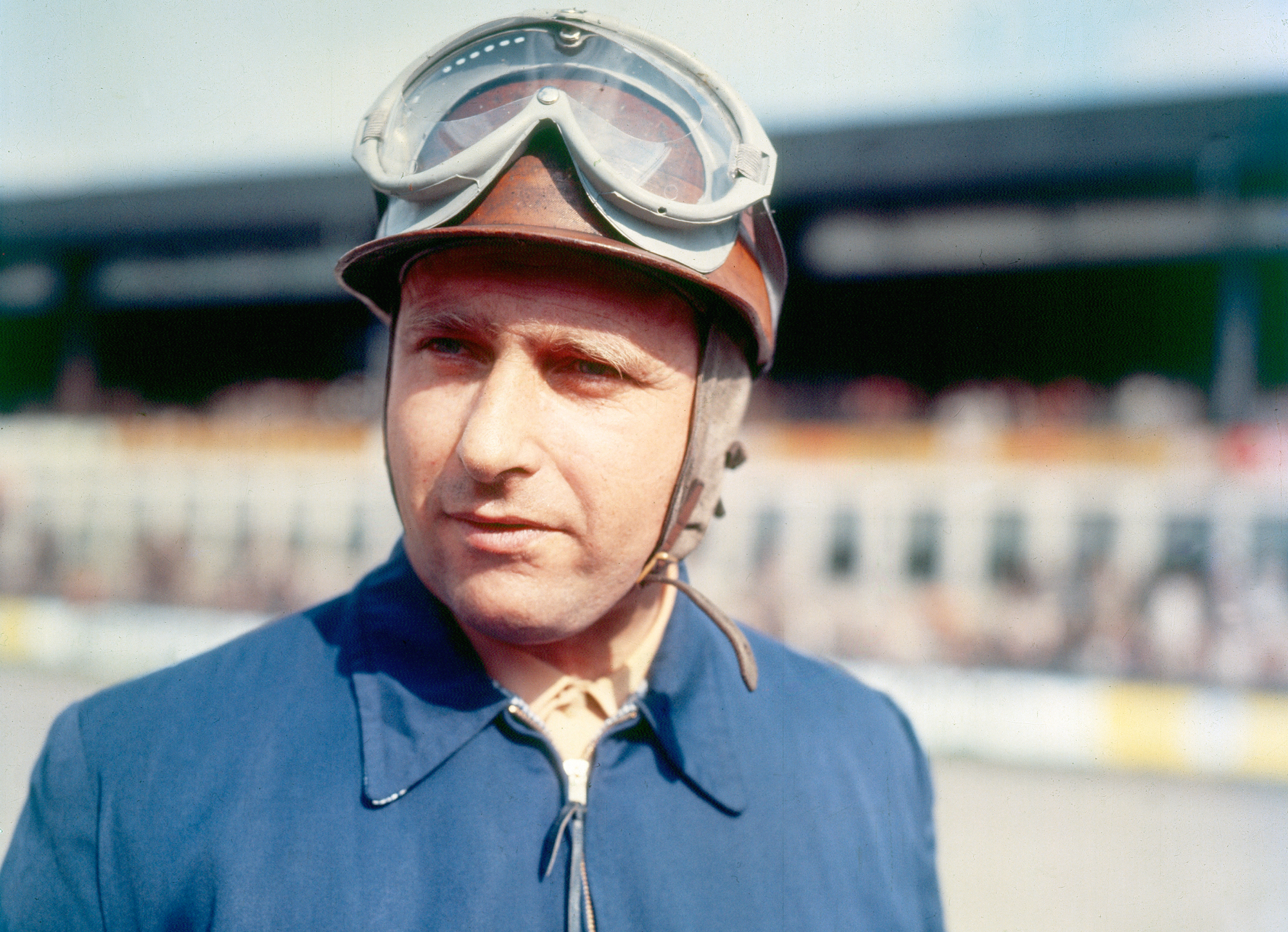 Klemantaski Collection, Getty Images
Klemantaski Collection, Getty Images
He Left School To Learn Auto Mechanics
At the age of 13, Fangio left school to work as an assistant mechanic. Three years later, he was riding alongside his employer, servicing vehicles as a mechanic.
Racing Around The Military Base
At the age of 21, Fangio served a term of compulsory military service where his driving skills were on full display. Recognizing Fangio’s abilities behind the wheel, his commanding officer designated Fangio as his official driver, and in turn, Fangio had discovered a lifelong passion.
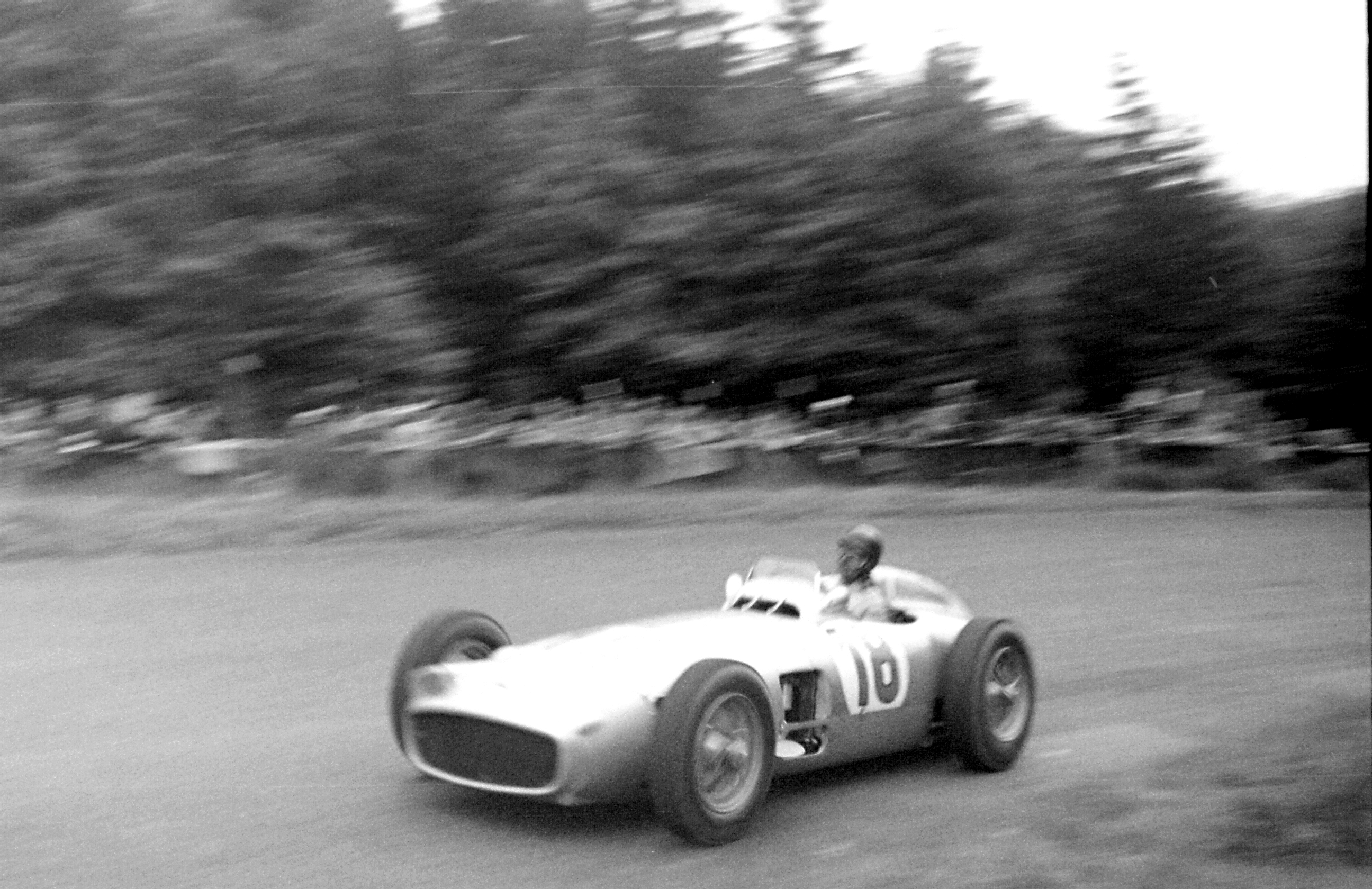 Agridecumantes, CC BY-SA 3.0, Wikimedia Commons
Agridecumantes, CC BY-SA 3.0, Wikimedia Commons
A Portrait Of The Racer As A Young Man
Fangio returned from his service to pursue a soccer career. However, he was encouraged by his teammates to indulge in his hobby of building his own car. Eventually, Fangio opened his own garage and participated in local racing events. This prepared him for a life in the fast lane.
Turismo Carretera
In 1938, Fangio’s racing career kicked into high gear, as he drove a rebuilt Ford Model A in the Turismo Carretera category. Acting as a co-driver during his first race, Fangio drove the majority of the race and finished in fifth place. Only two years later, Fangio was the Argentine National Champion, driving Chevrolet cars.
Gran Premio Del Norte
Fangio’s tenure with Chevrolet was fruitful, and his first notable victory arrived in 1940, at the Gran Premio del Norte race. This race was nearly 6,250 miles long, traversing mountainous and desert terrain. Reports of the race indicate that temperatures in the mountains were so cold that Fangio drove for hours with the arms of his co-driver keeping him warm.
Grand Prix Getulio Vargas
Only a year after the Gran Premio del Norte, and only a third of the mileage, Fangio bested Oscar Gálvez to win the Grand Prix in Brazil. The 1941 race was also a more public venue, running through various Brazilian cities and towns.
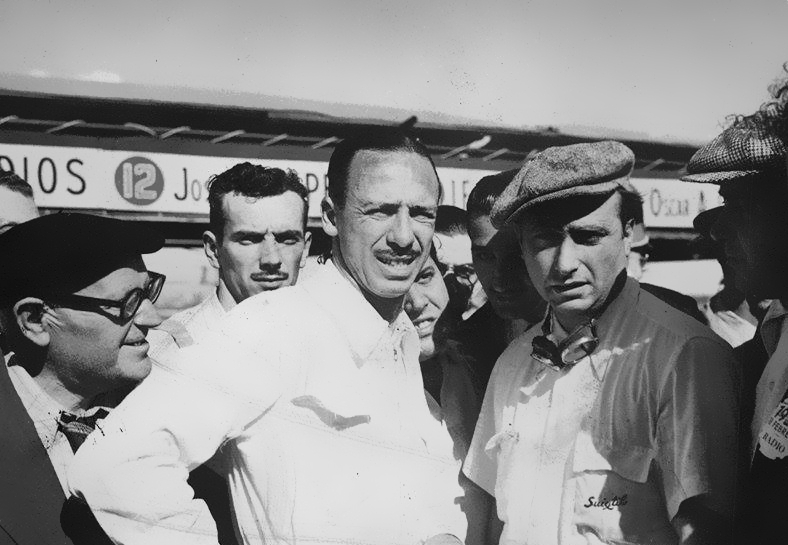 General Archive of the Nation, Wikimedia Commons
General Archive of the Nation, Wikimedia Commons
South American Grand Prix, 1948
After World War II, Fangio raced in the South American Grand Prix, co-piloted with driver Daniel Urrutia. The Grand Prix stretched a distance of nearly 6,000 miles and the terrain was treacherous.
He Lost His Co-Pilot In A Crash
While driving in the South American Grand Prix at night in dense fog, Fangio took a bend too fast and crashed. His co-driver Urrutia was ejected from the car as the vehicle fell down an embankment. Fangio survived the crash but sadly the 35-year-old Urrutia succumbed to his injuries.
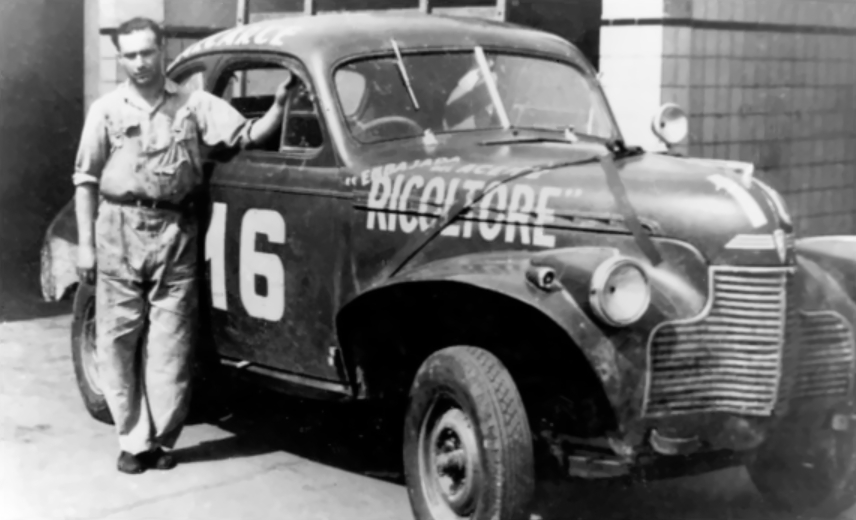 Unknown Author, Wikimedia Commons
Unknown Author, Wikimedia Commons
His Formula One Debut
Shaken by the experience in the South American Grand Prix, Fangio doubted that he would ever race again. However, the Argentine Automobile Club and the Argentinian government had taken notice of his driving skills. In 1948, Fangio was sent to Europe to compete in the highest level of auto racing.
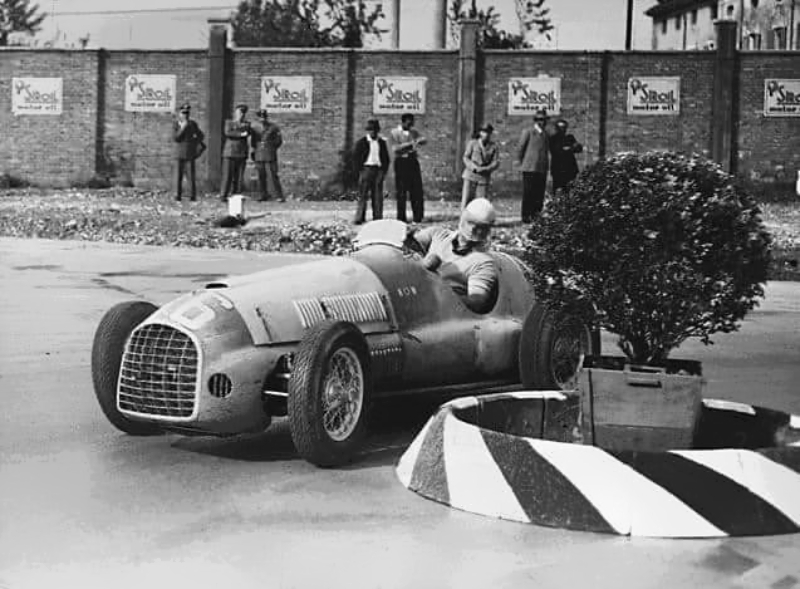 Unknown Author, Wikimedia Commons
Unknown Author, Wikimedia Commons
He Was Eldest Among His Formula One Peers
By the time Fangio entered the Formula One circuit, he was in his late 30s. As a result, he was often the oldest driver on the track. At the time, Grand Prix races were much longer than our current standards. Driving F1 cars was also very physically demanding during this period—the circuits had virtually no safety features and the drivers benefited from very little protective equipment.
Excellence During Early Grand Prix Races
In 1949, Fangio was victorious in four of the six races that he entered, dominating competitors in his Maserati 4CLT/48. Fangia joined the Alfa Romeo team in 1950 and raced alongside teammates Giuseppe Farina and Luigi Fagioli. Fangio won three of the races in Monaco and four races at San Remo.
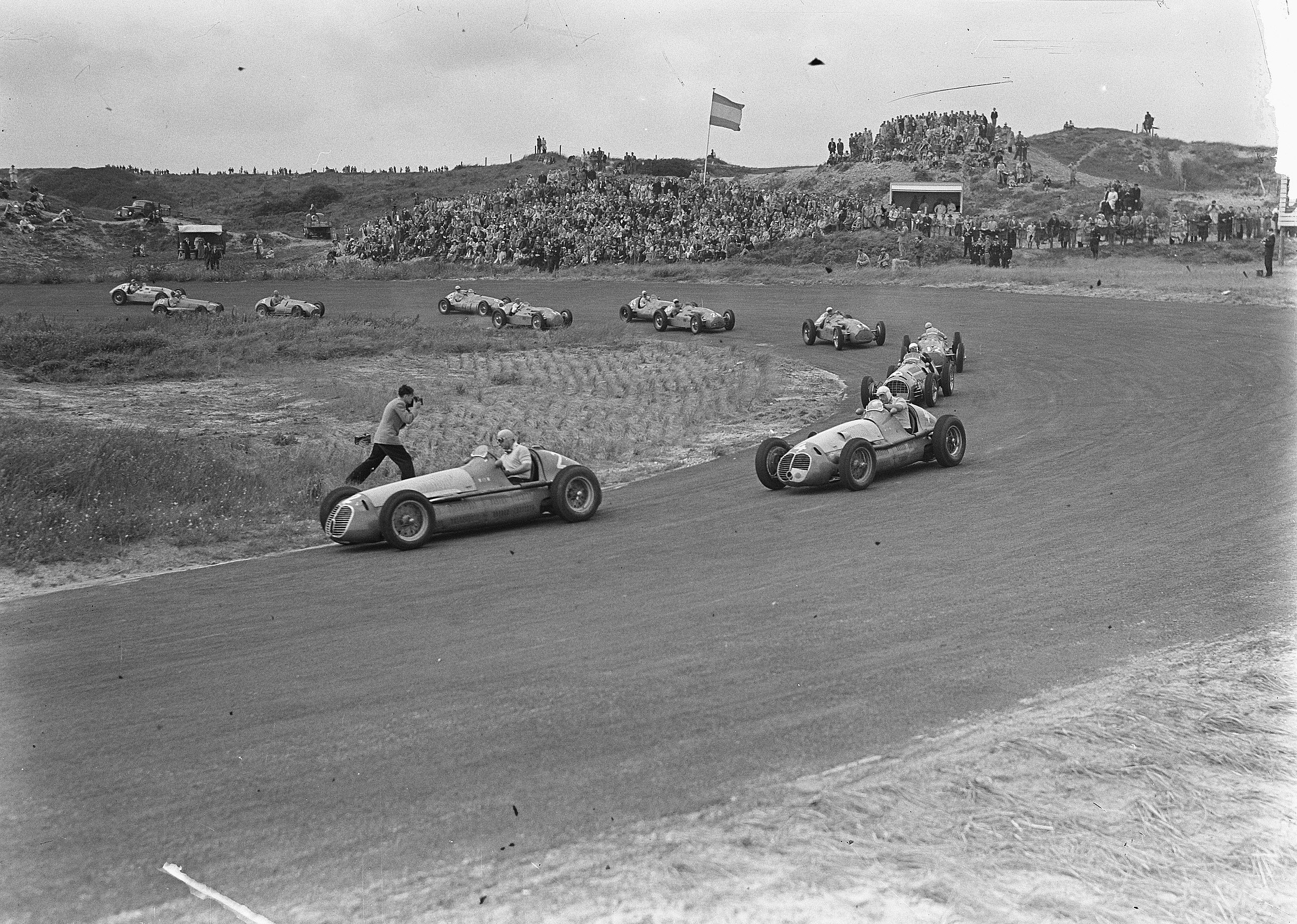 Nationaal Archief, Wikimedia Commons
Nationaal Archief, Wikimedia Commons
He Suffered A Terrible Accident In Milan
Fangia had a more difficult year in 1952. He was invited to participate in a non-championship race in June, at the Monza track in Milan. Having driven all night to attend the race, Fangio arrived exhausted. Little did he know, the competition would end in horror.
He Had A Near-Fatal Experience
On the second lap of the race, Fangio lost control of his BRM V16. The car collided with a grass bank and Fangio suffered a number of injuries, most notably a broken neck. He spent the rest of the year recouping. After surviving one of the worst nightmares of his life, he finally got a taste of sweet victory.
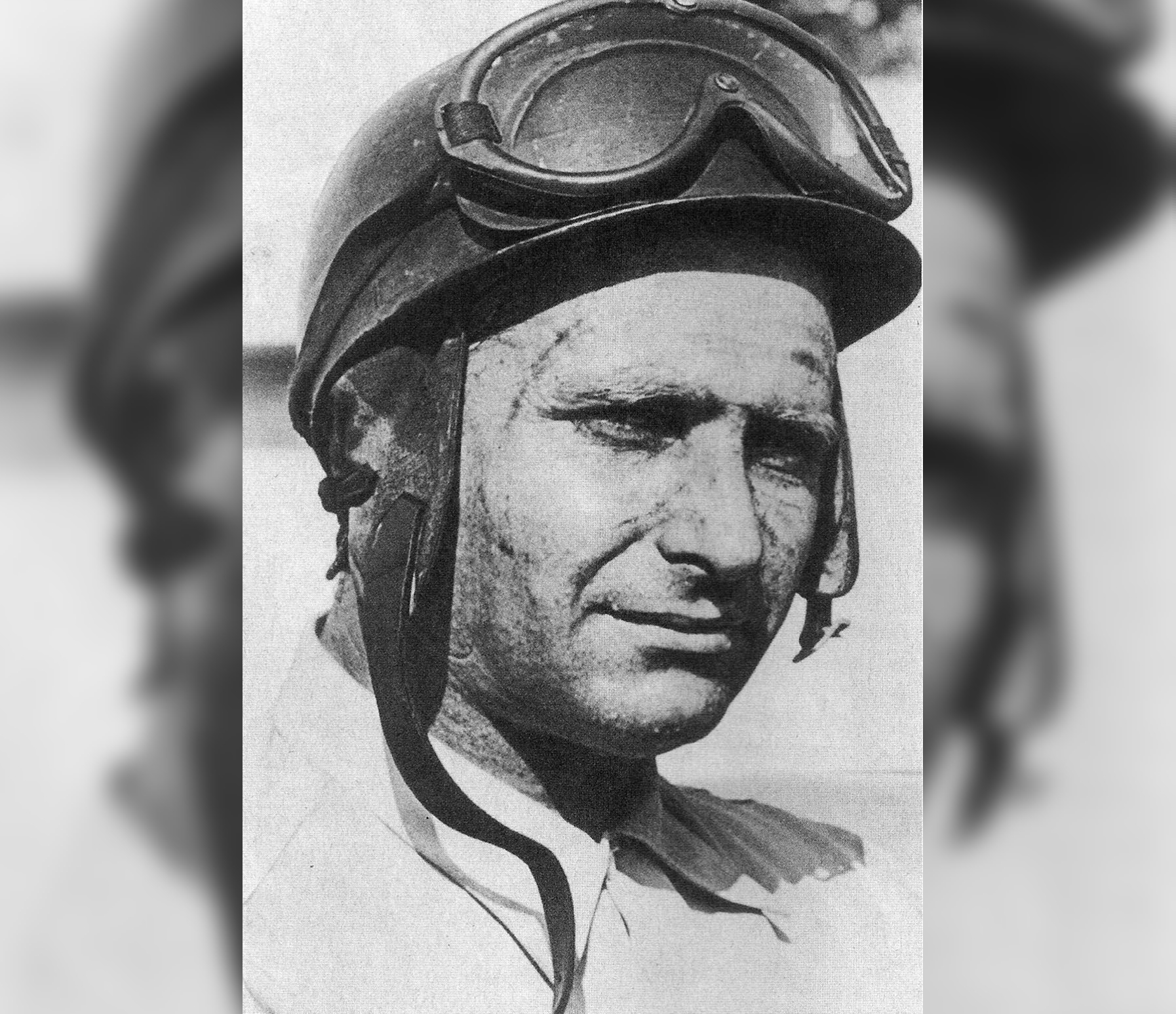 Unknown Author, Wikimedia Commons
Unknown Author, Wikimedia Commons
His Car Wouldn’t Stop Vibrating
After recovering from his accident in Monza, Fangio returned to the Maserati team for the championship circuit in 1953. It was back at the Monza track where Fangio gained a sizable win. His car suffered from severe vibrations throughout the practice trials but, always resourceful, Fangio came up with the perfect solution.
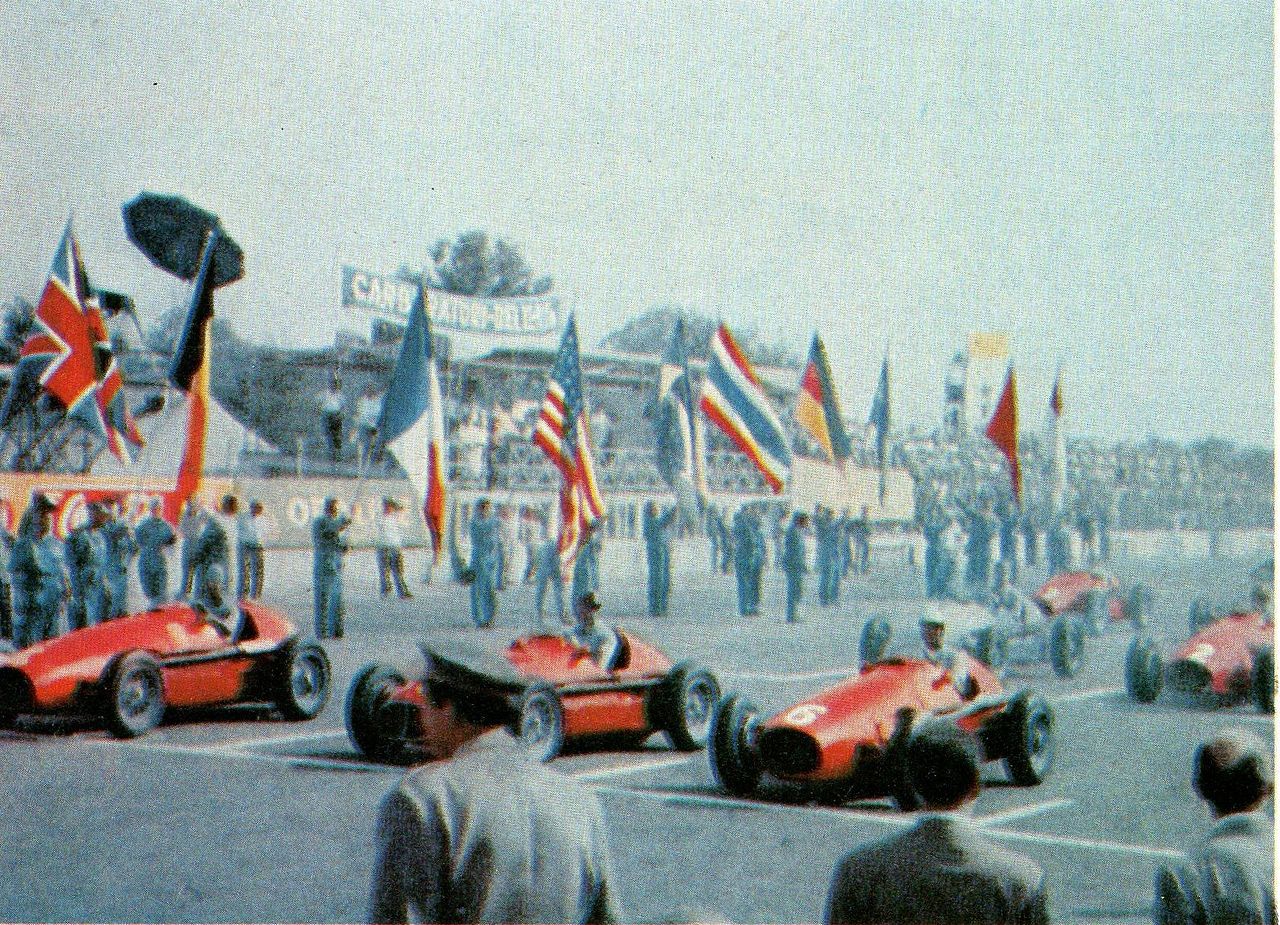 Unknown Author, Wikimedia Commons
Unknown Author, Wikimedia Commons
Mechanics Came To His Rescue
Fangio offered the team mechanics 10% of his winnings if they could repair the vibration. The offer took root, the problem was fixed, and Fangio qualified for second place, emerging victorious during the race.
A Breakthrough Year
In addition to the Monza win in 1953, Fangio earned three second-place finishes and was awarded second spot in the Championship. During that same year, Fangio participated in the Mille Miglia, a race that comprised 1,000 miles spanning public roads throughout Northern Italy. It is considered among the most treacherous and prestigious races in Europe.
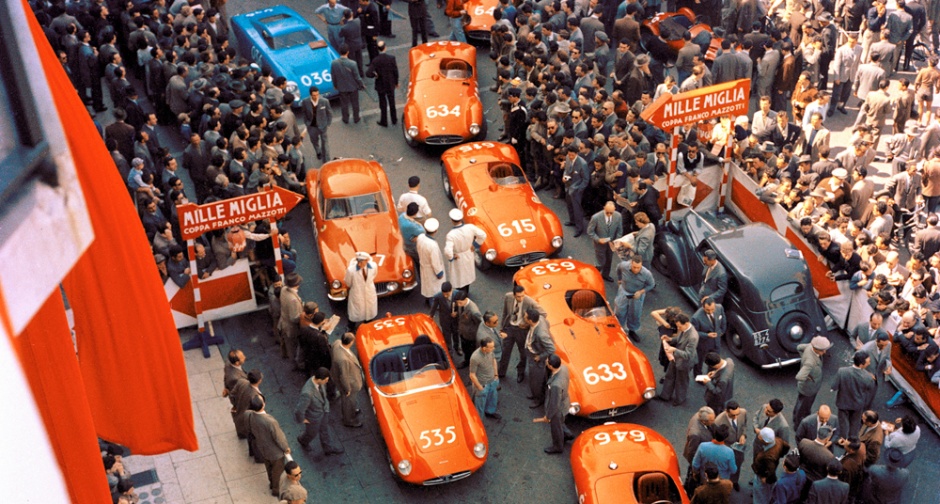 Yves Debraine, Wikimedia Commons
Yves Debraine, Wikimedia Commons
Carrera Panamericana
Equally dangerous as the Mille Miglia and twice as long, Fangio took the win at Mexico’s 1953 Carrera Panamericana race. In the process, Fangio set a new race-time completion record.
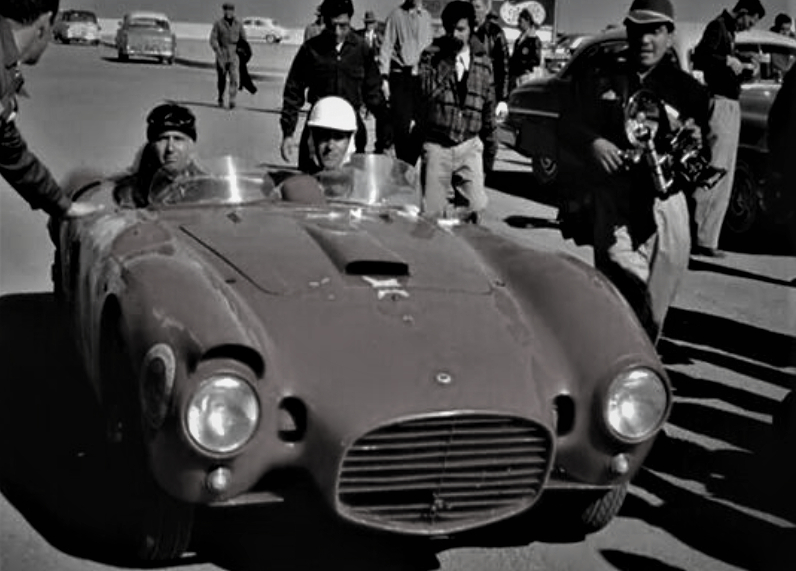 La Carrera Panamericana, CC BY-SA 4.0, Wikimedia Commons
La Carrera Panamericana, CC BY-SA 4.0, Wikimedia Commons
Moving To Mercedes-Benz
When Mercedes-Benz entered the Grand Prix competition mid-season in 1954, Fangio left Maserati to race in the W196 Monoposto. Considered challenging to control, the car was ahead of its time.
Taking Control Of The W196
After competing at the Silverstone track, Fangio gained more proficiency with the W196 and went on to win races at the Nürburgring, Bremgarten, and Monza tracks. With the Mercedes-Benz team, Fangio dominated the rest of the Championship, winning six of the eight Championship races and his second Grand Prix championship.
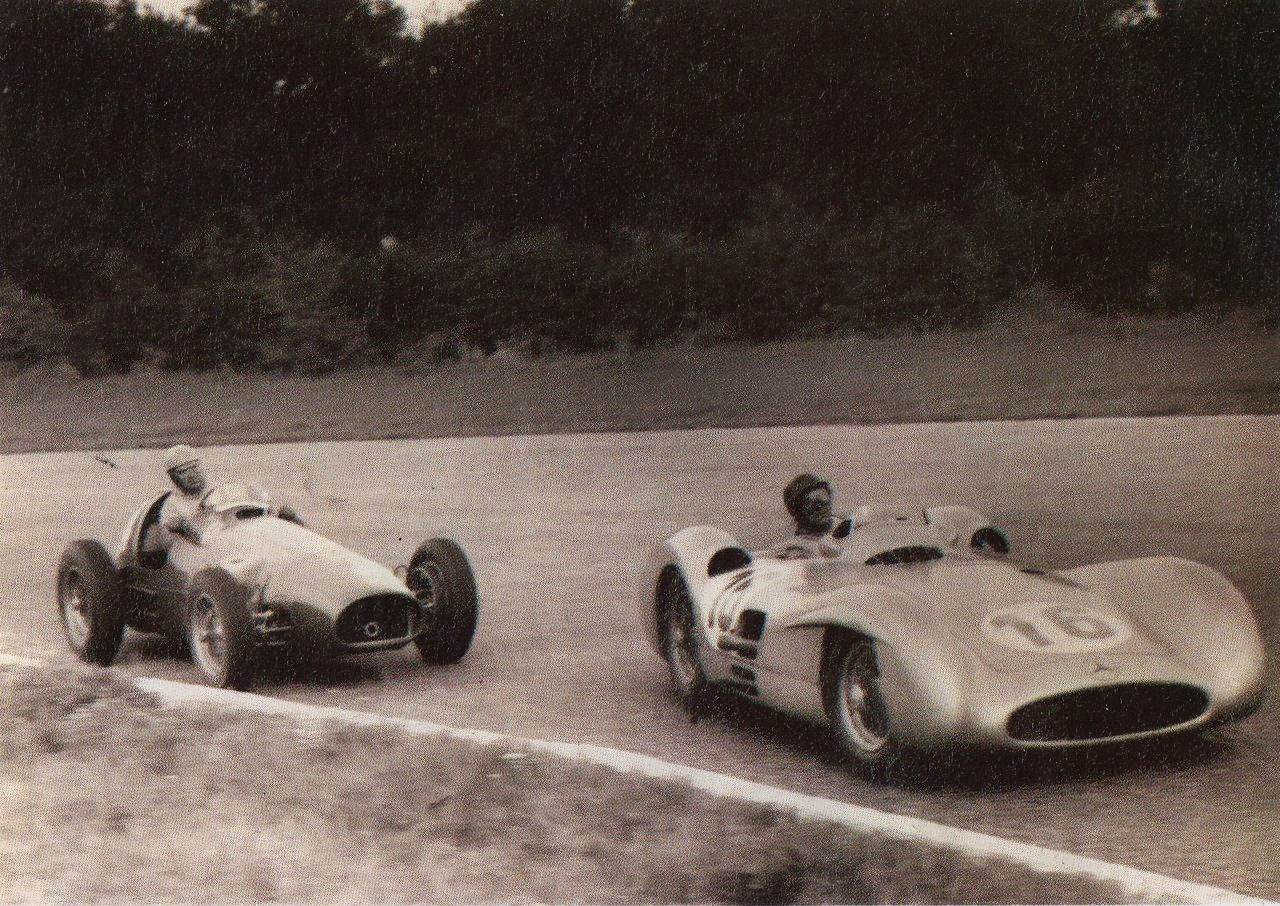 Unknown Author, Wikimedia Commons
Unknown Author, Wikimedia Commons
His Intensive Training In 1955
In an effort to maintain his competitive age with younger rivals, Fangio spent 1955 training hard. The driver’s discipline and dedication paid off, as Fangio took victory at the Gran Premio de la República Argentina in Buenos Aires. The race was held during a heat wave and the temperature at the track was recorded at 135 °F. As a result, very few drivers even completed the race.
Le Mans Struggles
For all his successes on the Formula One circuit, victory at the Le Mans race consistently eluded Fangio. The driver was lucky to be alive when the Le Mans disaster of 1955 occurred right before him. He never raced at the Le Mans again.
Flirting With Ferrari
Fangio had a reputation for leaving a team at the drop of a hat if he felt he could excel with a different club. In 1956, the driver left Mercedes for Ferrari, and went on to win his fourth Championship title. Despite the obtuse handling characteristics of the Lancia-Ferarri car, Fangio thrived, winning in Argentina, Britain, and Germany.
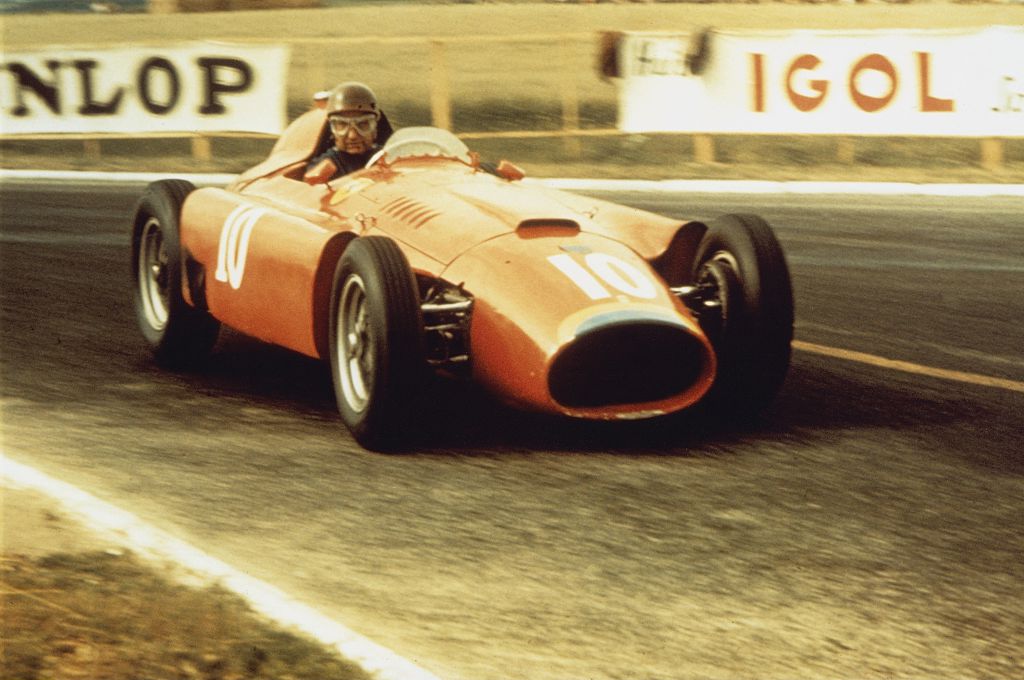 ullstein bild Dtl.,Getty Images
ullstein bild Dtl.,Getty Images
Return To Maserati
Even with his success at Ferrari, Fangio returned to Maserati in 1957 and was back in the driver’s seat of the 250F. Fangio started that season with big wins in Argentina, Monaco, and France. Then in America, Fangio gained another victory at the 12 Hours of Sebring race, driving the Maserati 450S.
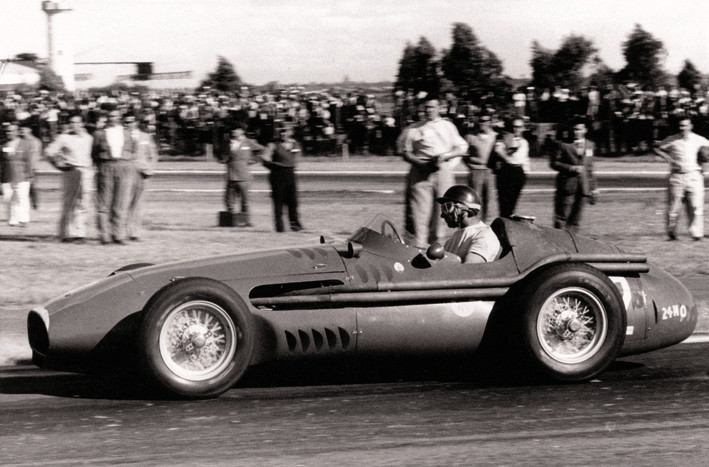 Maserati, CC BY-SA 3.0, Wikimedia Commons
Maserati, CC BY-SA 3.0, Wikimedia Commons
The Grand Prix At Nürburgring
Perhaps Fangio's greatest racing achievement came later in 1957 when he emerged from a disastrous pit stop to set a number of fastest laps, overtaking Peter Collins and Mike Hawthorn on the penultimate lap to clutch the win by a mere three seconds. Fangio’s victory at Nürburgring allowed him to claim his fifth world Championship title, a record that was unbeaten until 2003.
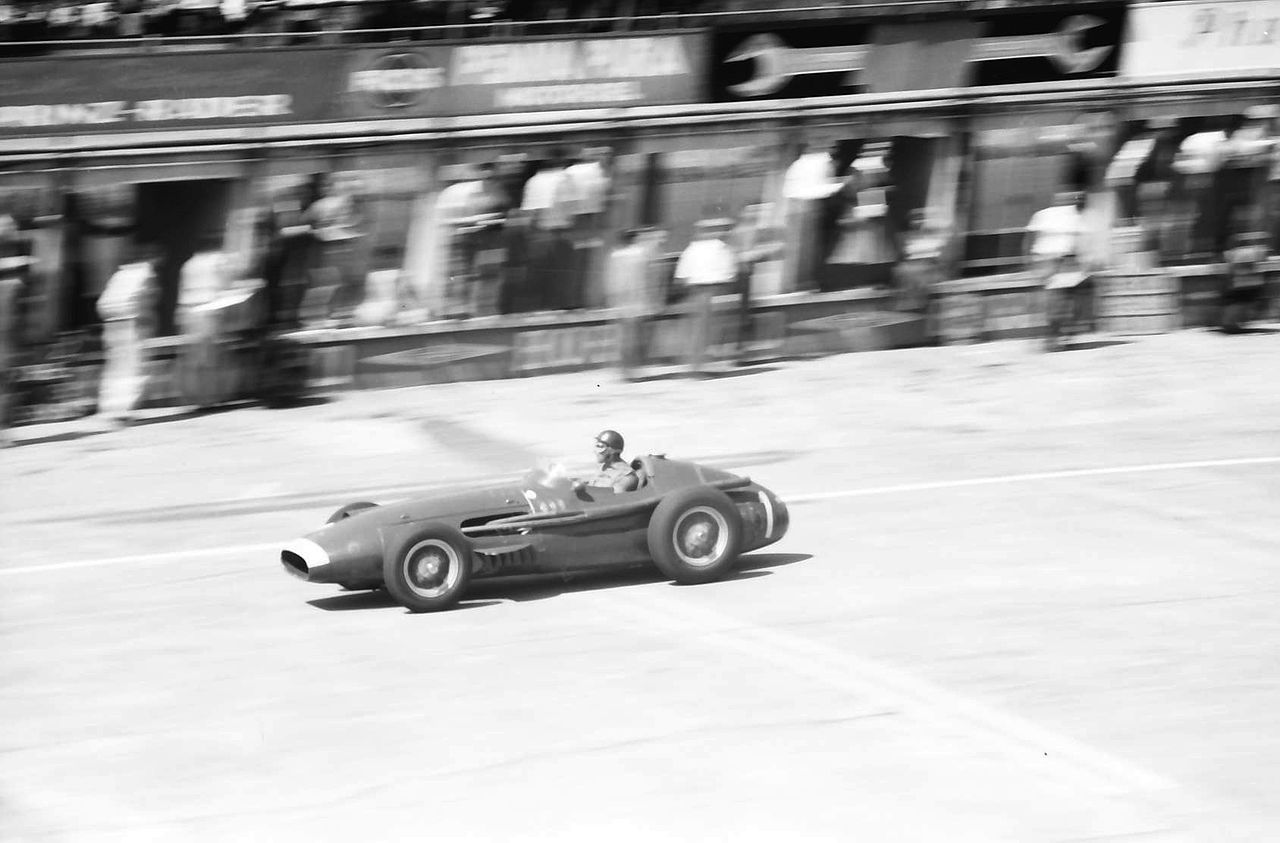 Willy Pragher, CC BY 3.0, Wikimedia Commons
Willy Pragher, CC BY 3.0, Wikimedia Commons
The French Grand Prix And Retirement
Fangio’s lustrous Formula One career came to an end in 1958, after the checkered flag of the French Grand Prix. But the driver was so well respected among his peers that the race winner, Mike Hawthorn, waited at the finish line so that Fangio could complete the 50th lap of his final race.
The Road Accident
For Fangio, the perils of driving were not only on the racetrack. In the early 1950s, the driver was thrown from his Lancia Aurelia GT after colliding with a pole and spinning.
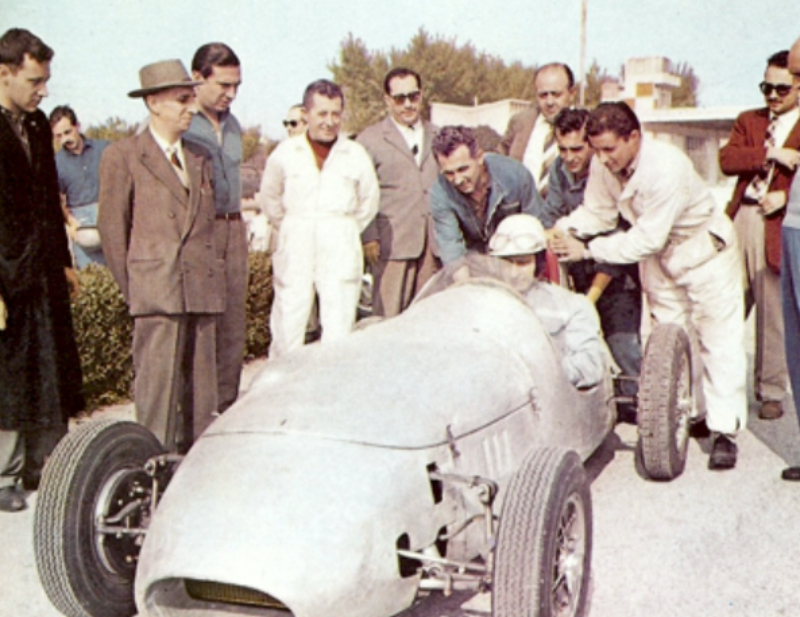 Unknown Author, Wikimedia Commons
Unknown Author, Wikimedia Commons
Car Salesman
After retiring from Formula One racing, Fangio sold Mercedes-Benz cars and occasionally drove his retired racing cars in demonstration laps. In 1974, Fangio was appointed the President of Mercedes-Benz Argentina.
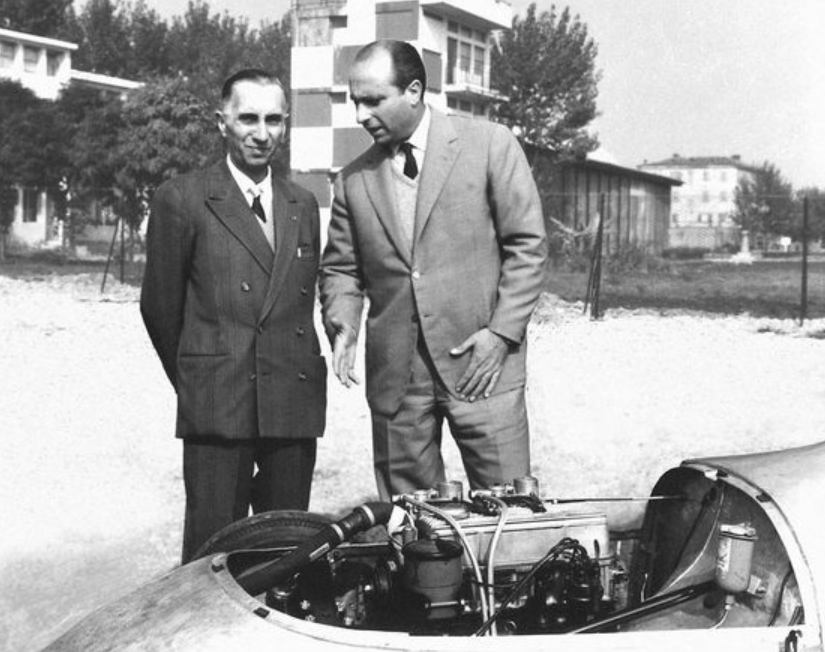 Unknown Author, Wikimedia Commons
Unknown Author, Wikimedia Commons
Flagman Service
In addition to selling cars, Fangio remained busy during retirement, and never strayed too far from the racetrack. From 1972 to 1981, he served as the flagman for the Argentine Grand Prix.
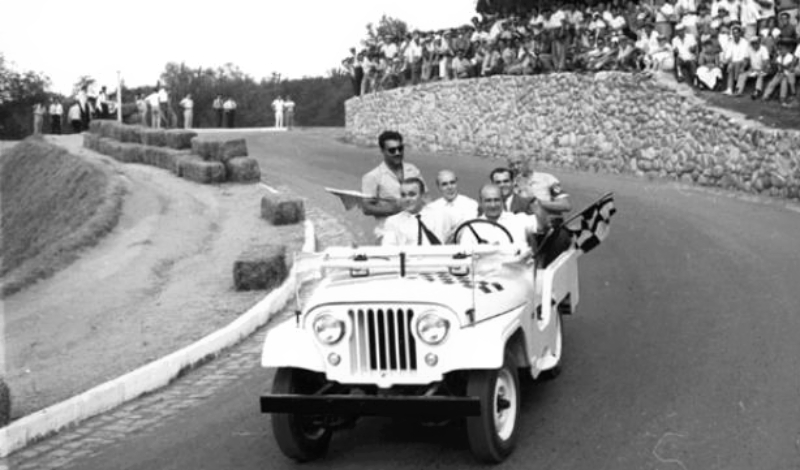 Lautarcampana, CC BY-SA 3.0, Wikimedia Commons
Lautarcampana, CC BY-SA 3.0, Wikimedia Commons
1978 Australian Grand Prix
At 67 years of age, Fangio was a special guest at the 50th anniversary Australian Grand Prix in 1978. After the race, Fangio drove his Mercedes-Benz W196 in a lively exhibition. Despite not having raced in 20 years, Fangio showed spectators and other drivers that he had not lost his edge.
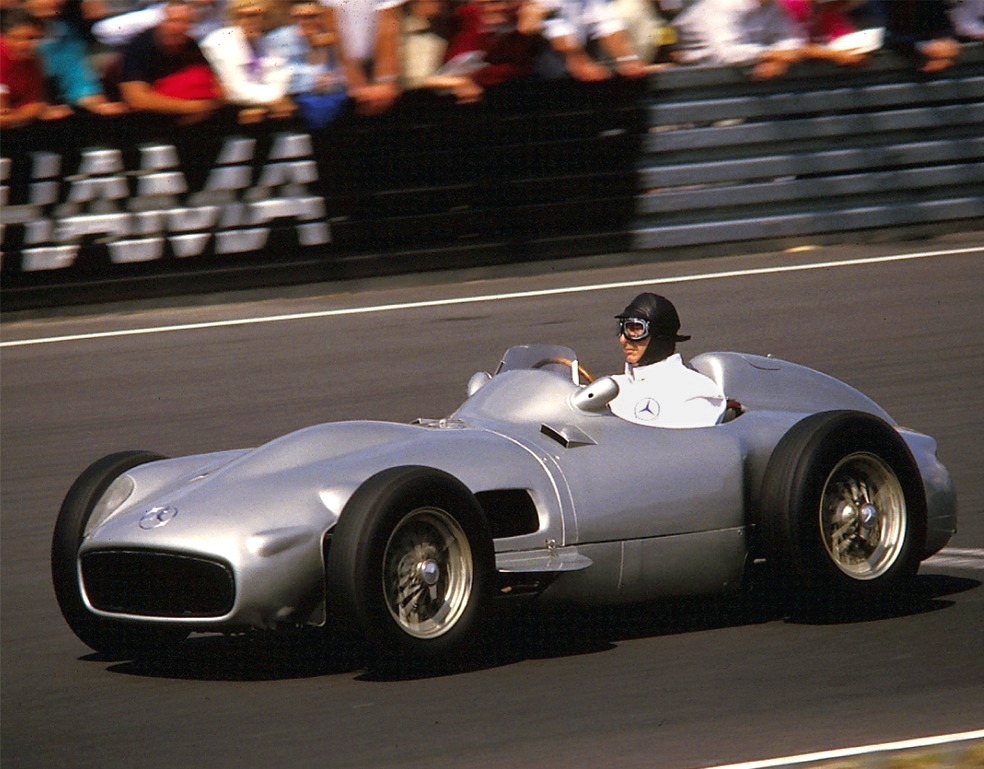 Lothar Spurzem, CC BY-SA 2.0 DE, Wikimedia Commons
Lothar Spurzem, CC BY-SA 2.0 DE, Wikimedia Commons
Museo Juan Manuel Fangio
As a collector of his own automotive memorabilia, Fangio was able to contribute his collection to his own museum, the Museo Juan Manuel Fangio, which opened in 1986 in his hometown of Balcarce.
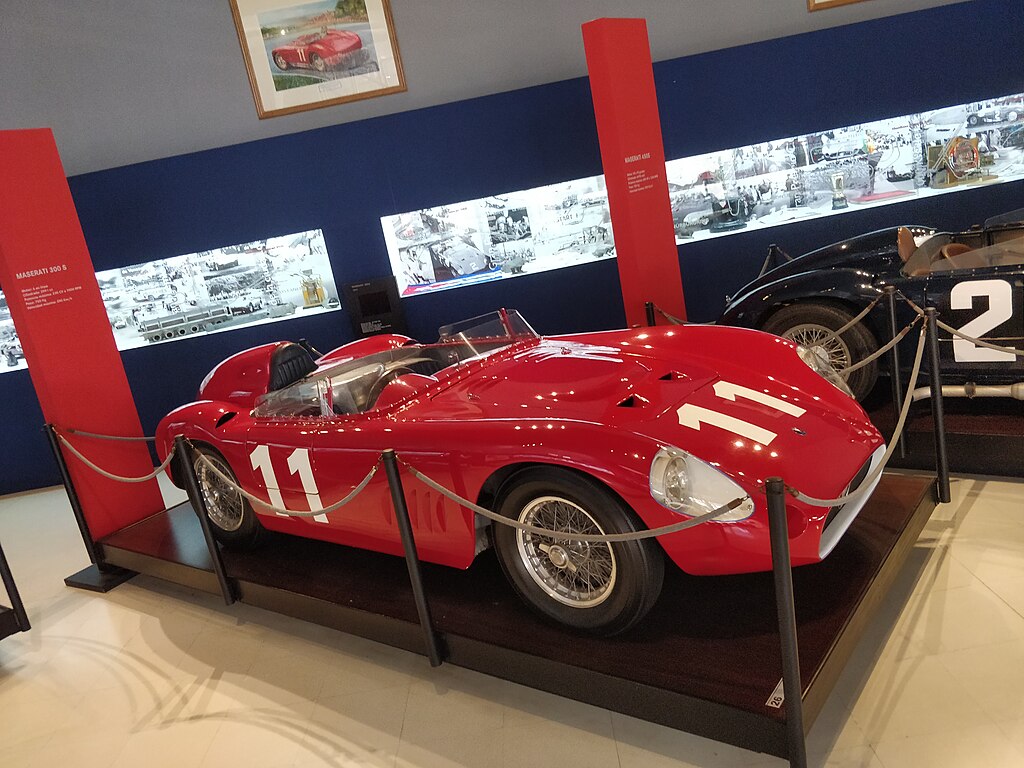 Mrtngrsbch, CC BY-SA 4.0, Wikimedia Commons
Mrtngrsbch, CC BY-SA 4.0, Wikimedia Commons
Driving Licence Law
In 1994, the Province of Buenos Aires passed a law that denied driver's licences to citizens over the age of 80. Fangio publicly opposed the law and challenged the personnel of the Traffic Bureau to a 250-mile race between Buenos Aires and Mar Del Plata. Based on his strong opposition and legacy, an exception was made for the Formula One champion.
 Unknown Author, Wikimedia Commons
Unknown Author, Wikimedia Commons
Health Issues And Funeral
At the age of 84, Fangio suffered from kidney failure and pneumonia which led to his passing. At his funeral in Balcarce, his younger brother Ruben “Toto” Renato was joined by racing legends Jackie Stewart and Stirling Moss, as they carried the casket.
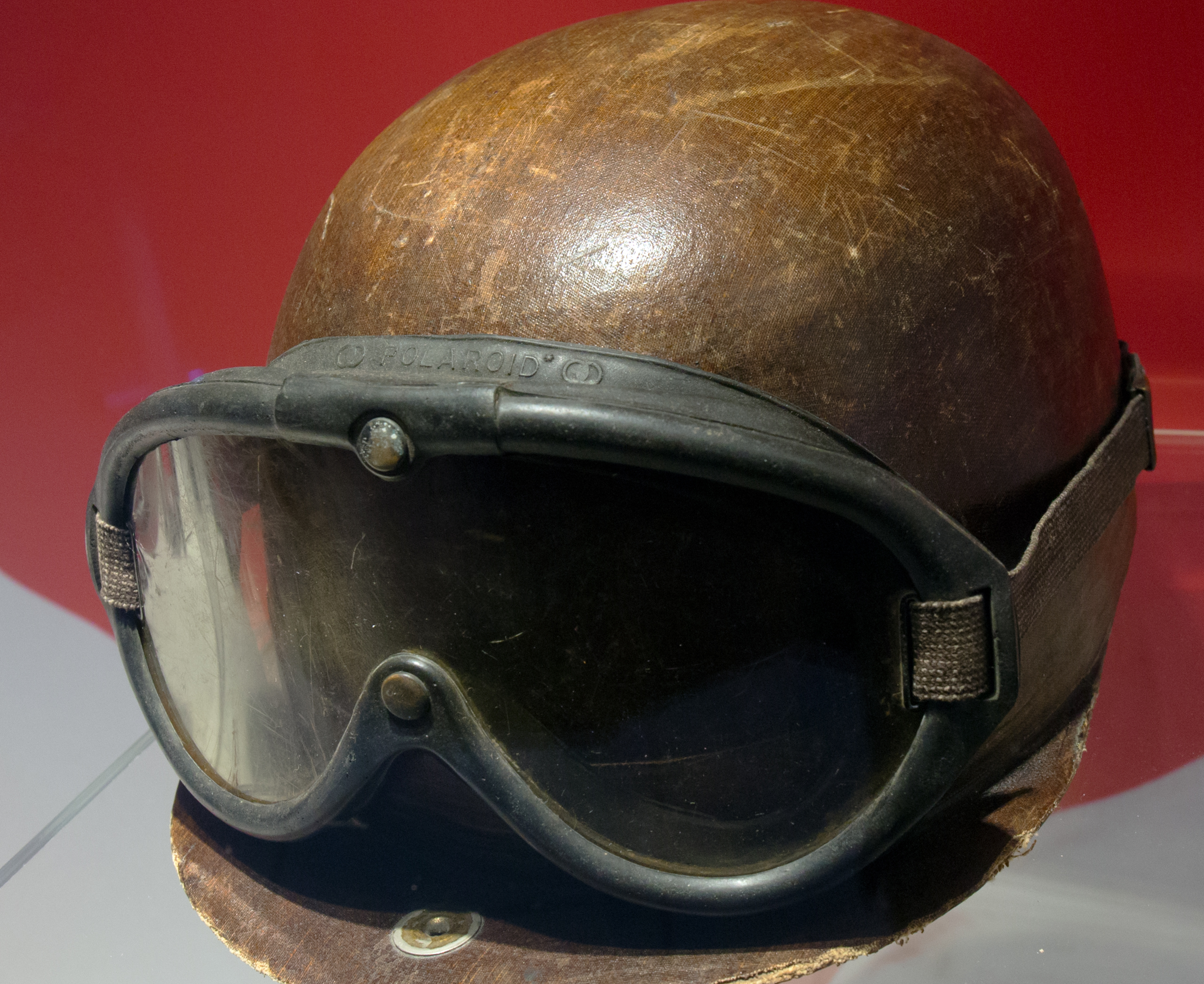 Morio, CC BY-SA 3.0, Wikimedia Commons
Morio, CC BY-SA 3.0, Wikimedia Commons
Andrea “Beba” Berruet
Though never married, Fangio was involved in a romance with Andrea “Beba” Berruet for over 20 years. Berruet was by his side during his F1 heyday, but the relationship did not survive Fangio’s retirement from racing.
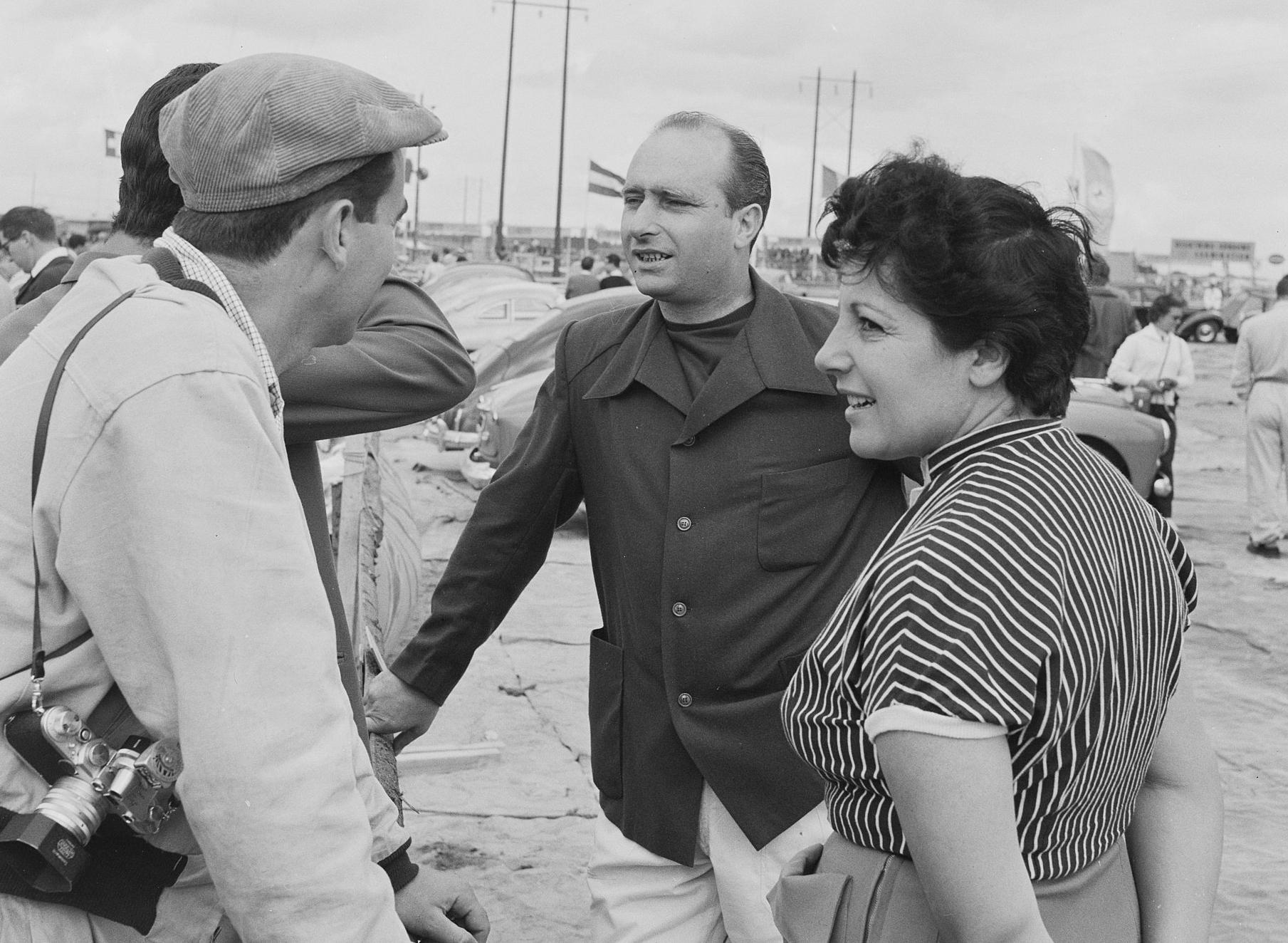 National Archives of Norway, CC BY 4.0, Wikimedia Commons
National Archives of Norway, CC BY 4.0, Wikimedia Commons
Oscar “Cacho” Espinoza
Despite his lifelong unmarried status, Fangio managed to father at least three children. Berruet gave birth to Oscar “Cacho” Espinoza in 1938. The child was given the surname of Berruet’s husband as the pair were not separated in legal terms.
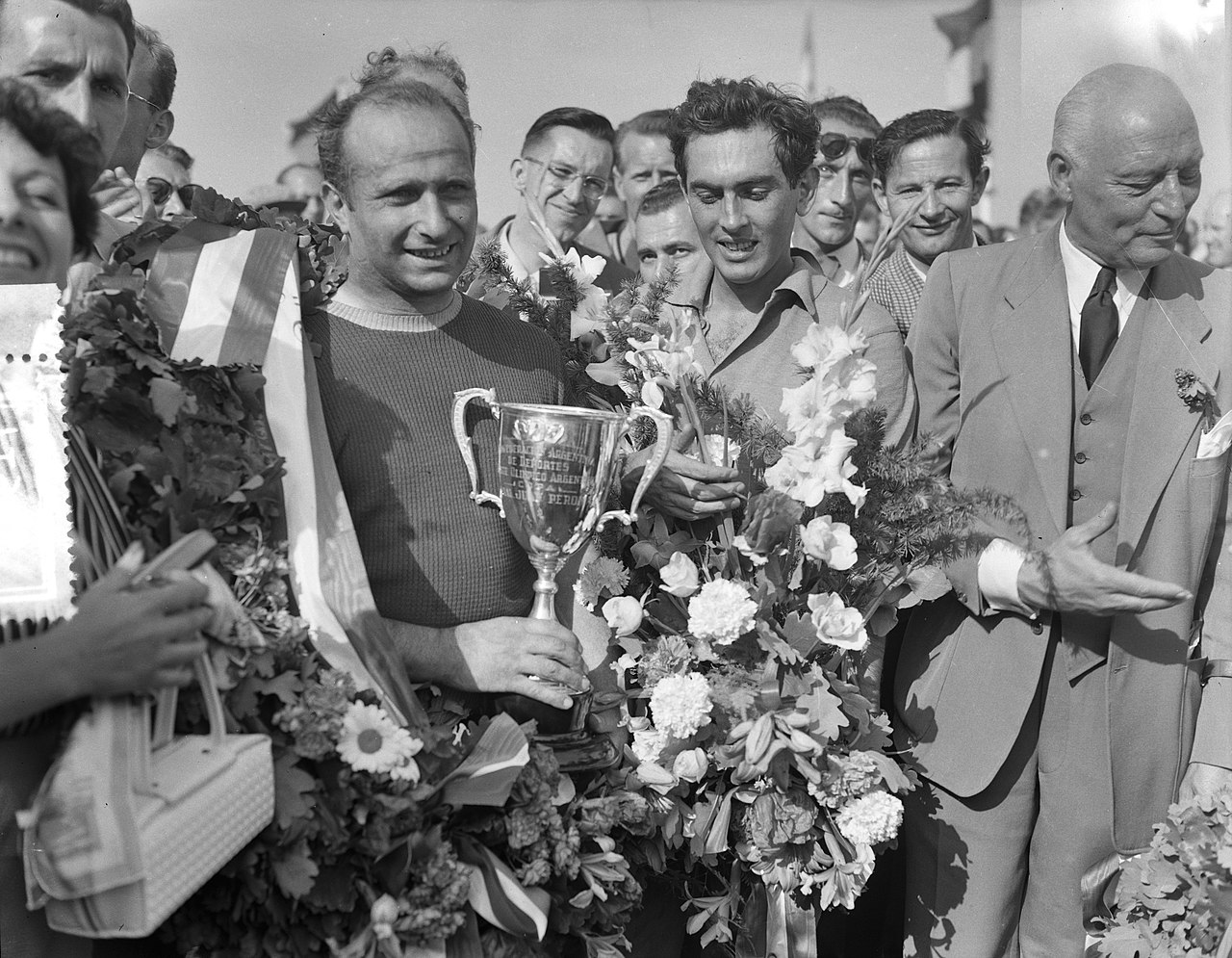 Harry Potter / Anefo, Wikimedia Commons
Harry Potter / Anefo, Wikimedia Commons
Speed In His Spawn
Following in his father’s footsteps, Oscar “Cacho” Espinoza participated in the Formula Two Championship in 1966. Fangio’s legacy was so prestigious that “Cacho” made great efforts over several years to gain his father’s surname.
Rubén Juan Vázquez
Joining the efforts of Espinoza, Rubén Juan Vázquez was included in the filiation. As a result, Fangio’s body was exhumed and samples were extracted from its remains. Shortly thereafter, a court confirmed that Espinoza and Vázquez were both sons of the famed F1 driver.
Praise From Modern Day Racers
When Michael Schumacher bested Fangio’s World Championship record in 2003, he admitted “Fangio is on a level much higher than I see myself”. In a similar nod, Lewi Hamilton called Fangio the “Godfather of our sport” in 2018.
Kidnapped In Havana
During his 1958 participation in the Cuban Grand Prix, a race that operated outside of the Formula One circuit, Fangio was kidnapped by members of Fidel Castro’s 26th of July Movement. Fangio admitted he was treated “very well” by his captors—they even allowed him to listen to the race, and after 29 hours he was released.


